Spacecraft
Explore the spacecraft we use to stay in orbit.
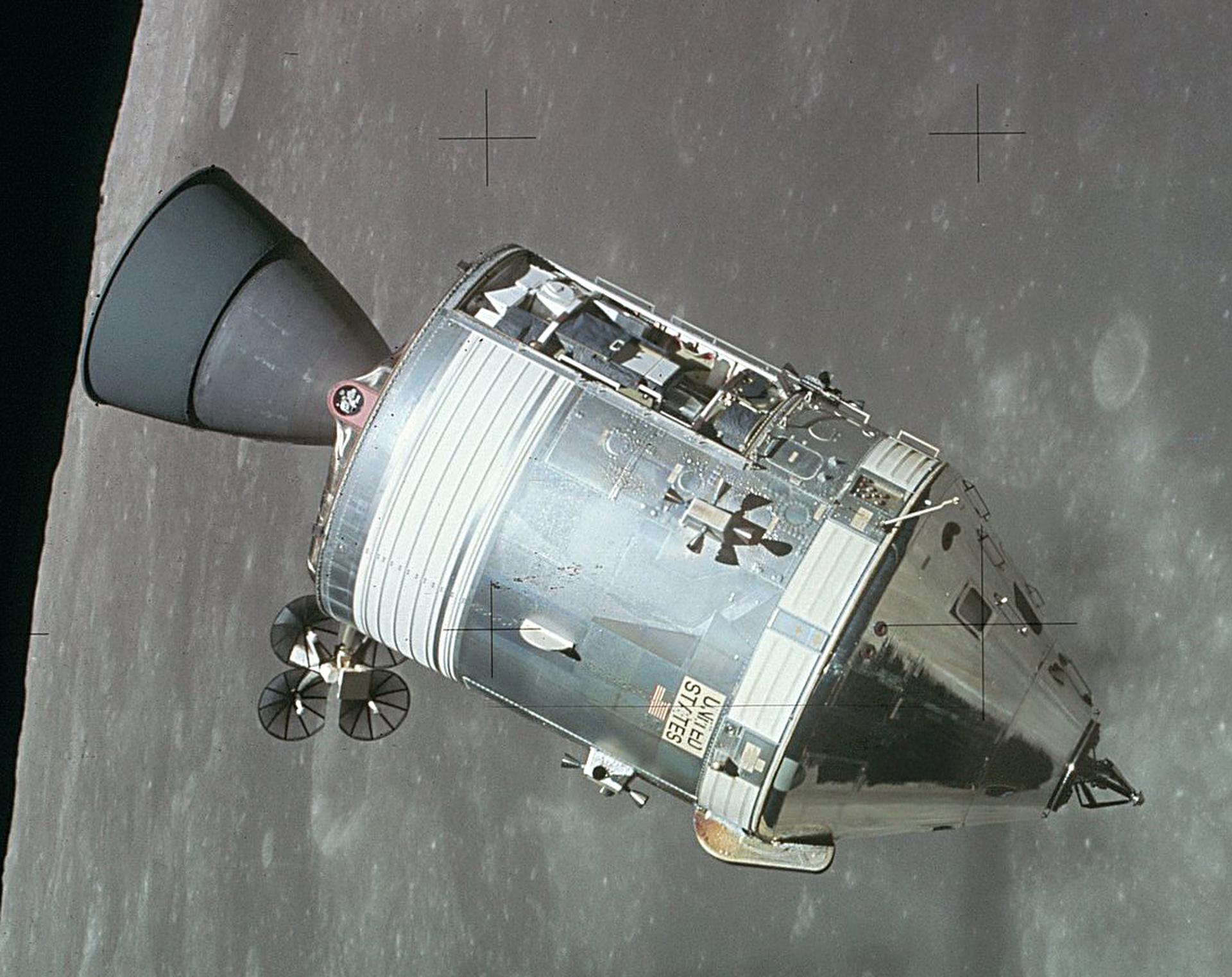
Apollo Command/Service Module
In-active Human Rated Crew Capacity: 3()
Description
The Apollo Command/Service Module (CSM) was one of two principal components of the United States Apollo spacecraft, used for the Apollo program which landed astronauts on the Moon between 1969 and 1972. The CSM functioned as a mother ship which carried a crew of three astronauts and the second Apollo …
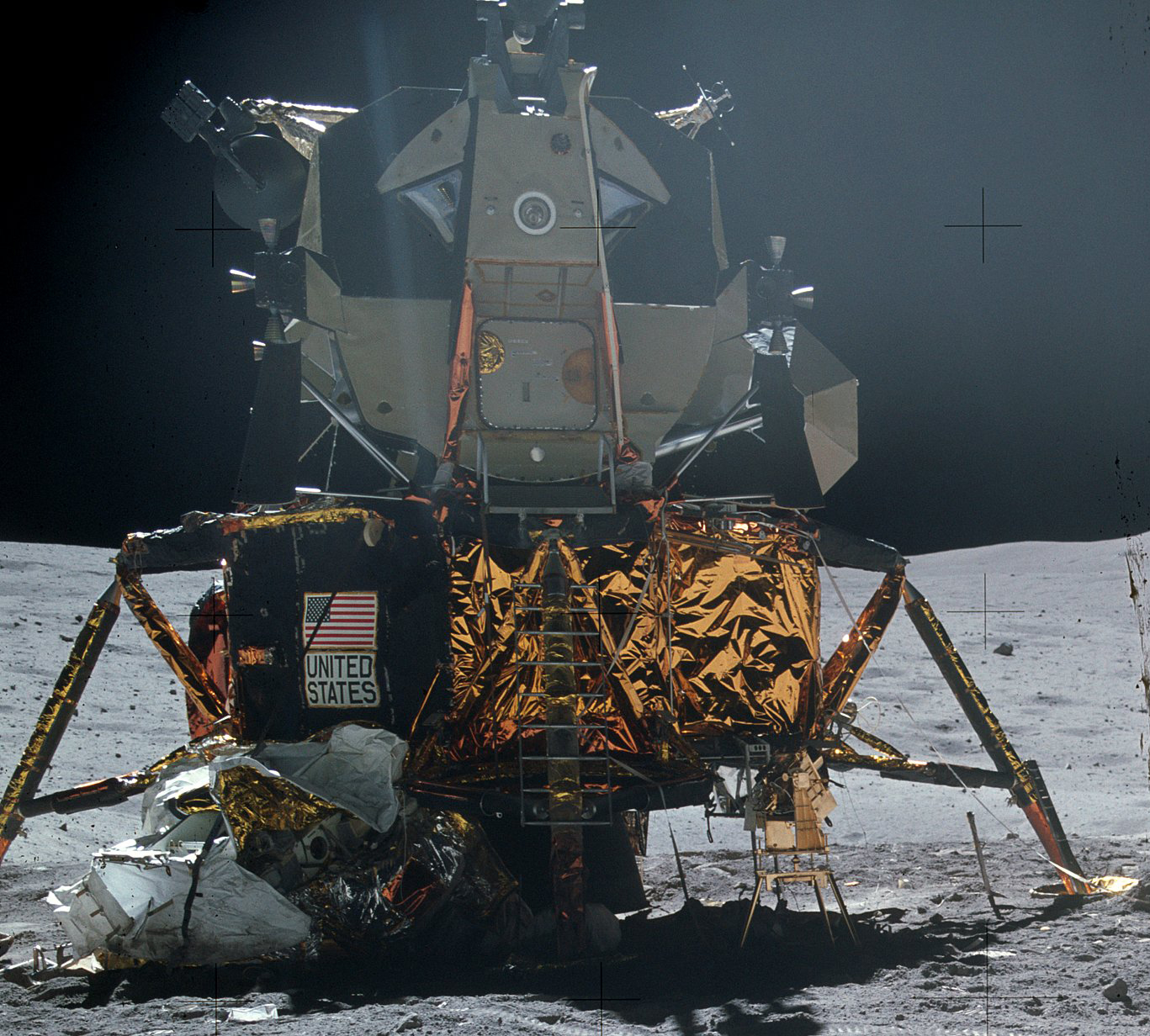
Apollo Lunar Module
In-active Human Rated Crew Capacity: 2()
Description
The Apollo Lunar Module was the lunar lander spacecraft that was flown between lunar orbit and the Moon's surface during the United States' Apollo program. It was the first crewed spacecraft to operate exclusively in the airless vacuum of space, and was the first crewed vehicle to land anywhere beyond …
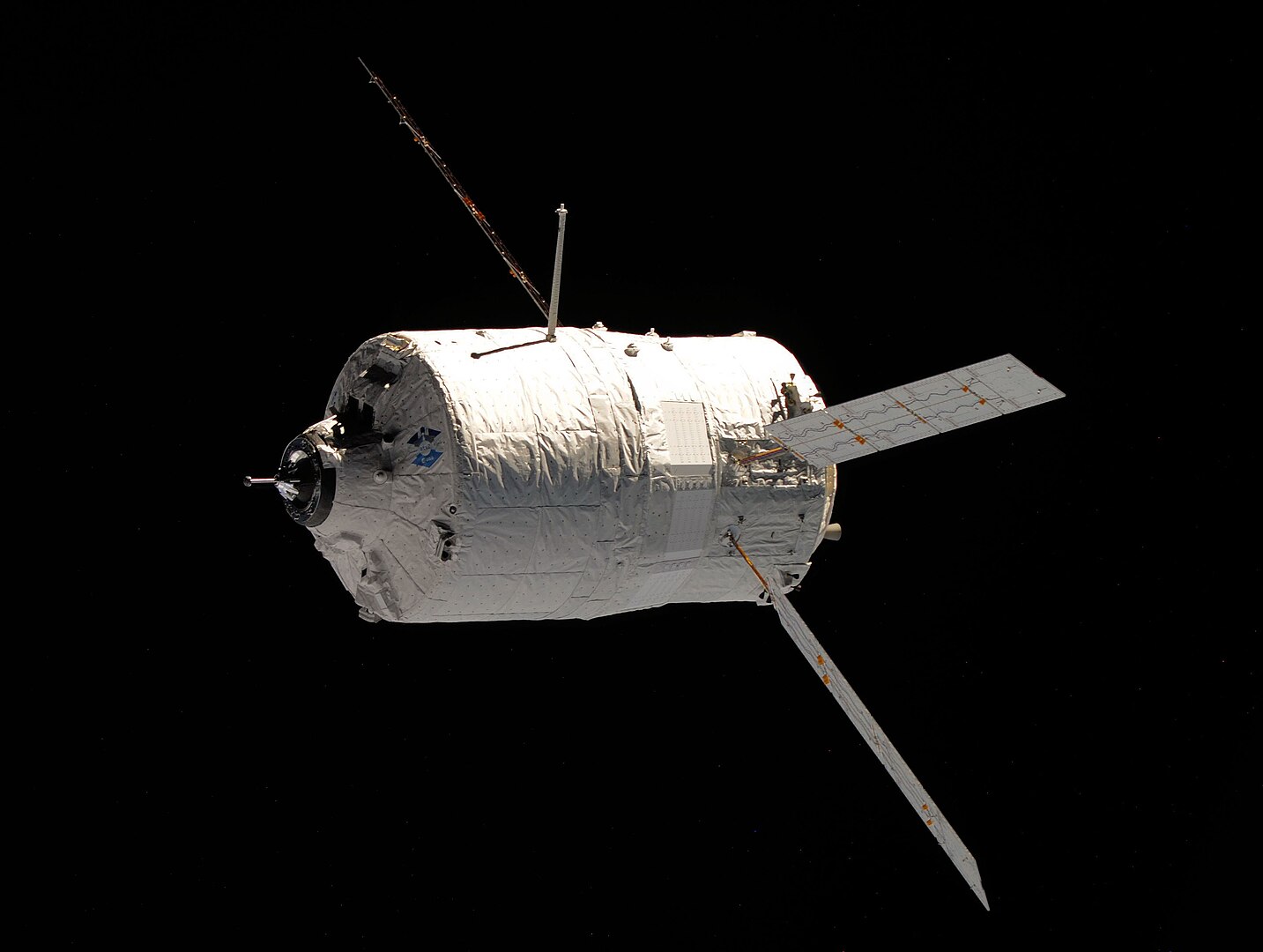
Automated Transfer Vehicle (ATV)
In-active Cargo()
Description
In terms of its role, the ATV was designed to complement the smaller Russian Progress spacecraft, possessing three times its useful payload capacity. Similar to the Progress, it would carry both bulk liquids and relatively fragile freight, which would be stored within a cargo hold maintained at a pressurized shirt-sleeve …
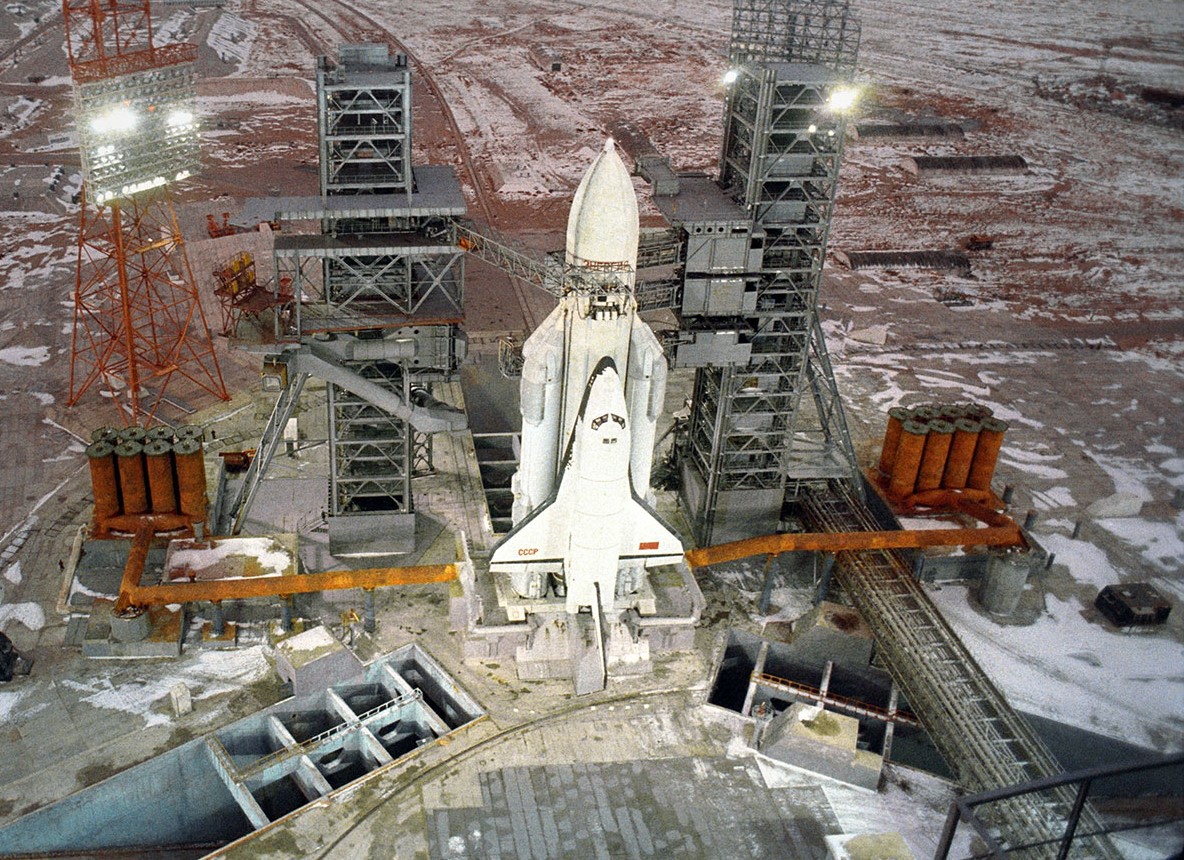
Buran
In-active Human Rated Crew Capacity: 4()
Description
The Buran programme was started by the Soviet Union as a response to the United States Space Shuttle programme. The project was the largest and the most expensive in the history of Soviet space exploration. Development work included sending BOR-5 test vehicles on multiple sub-orbital test flights, and atmospheric flights …
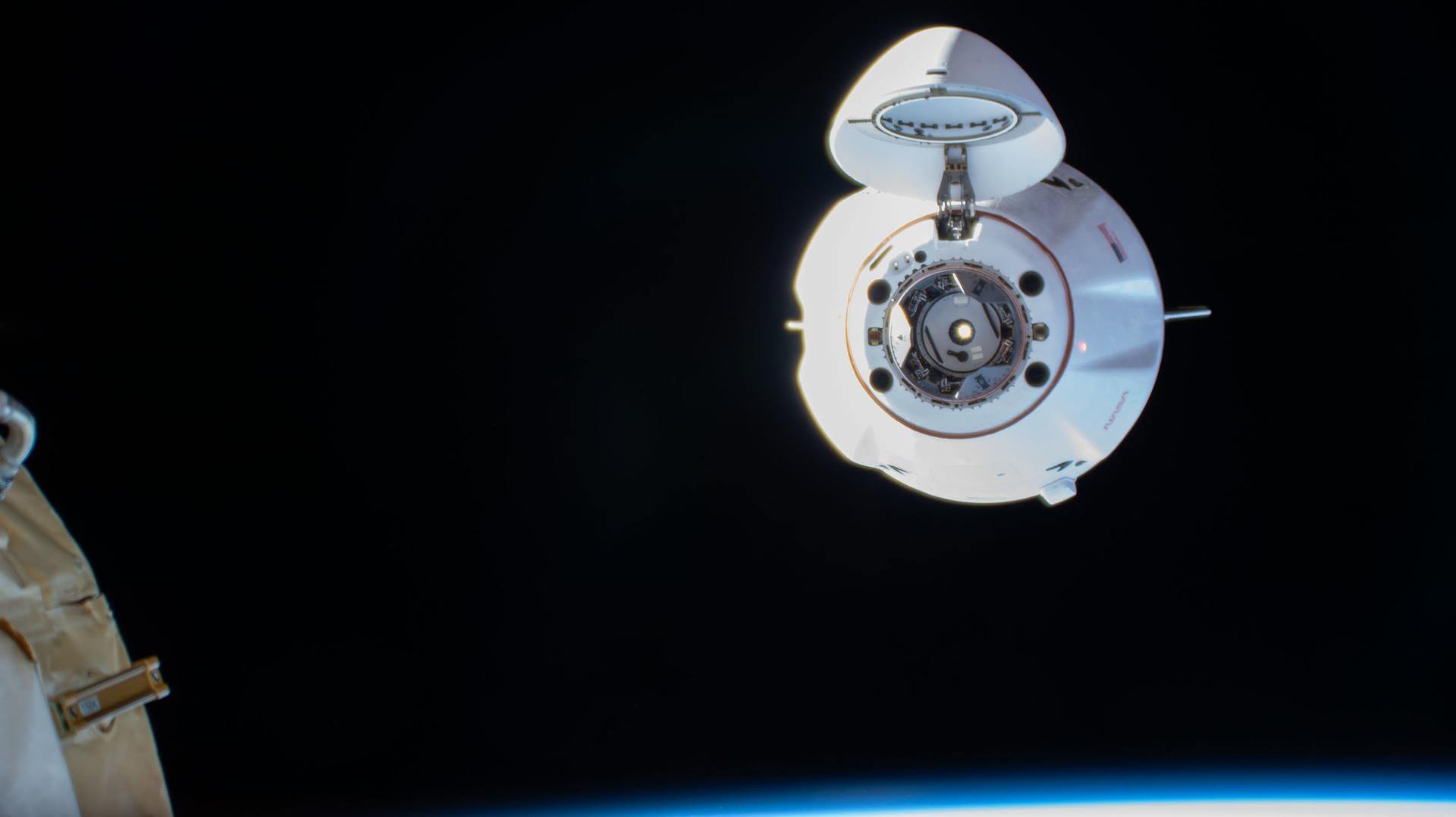
Cargo Dragon 2
Active Cargo()
Description
Cargo Dragon 2 is a autonomous spaceship capable of bringing science to and from the International Space Station with large pressurized and un-pressurized sections to support a variety of missions.

Chinese reusable spacecraft
Active Cargo()
Description
The Chinese reusable experimental spacecraft is the first Chinese reusable spacecraft.
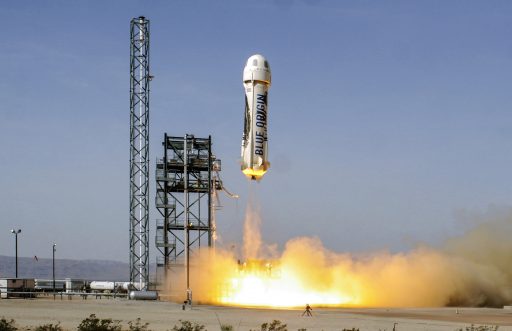
Crew Capsule 1
In-active Cargo()
Description
It was launched on the first 6 flights of the New Shepard.
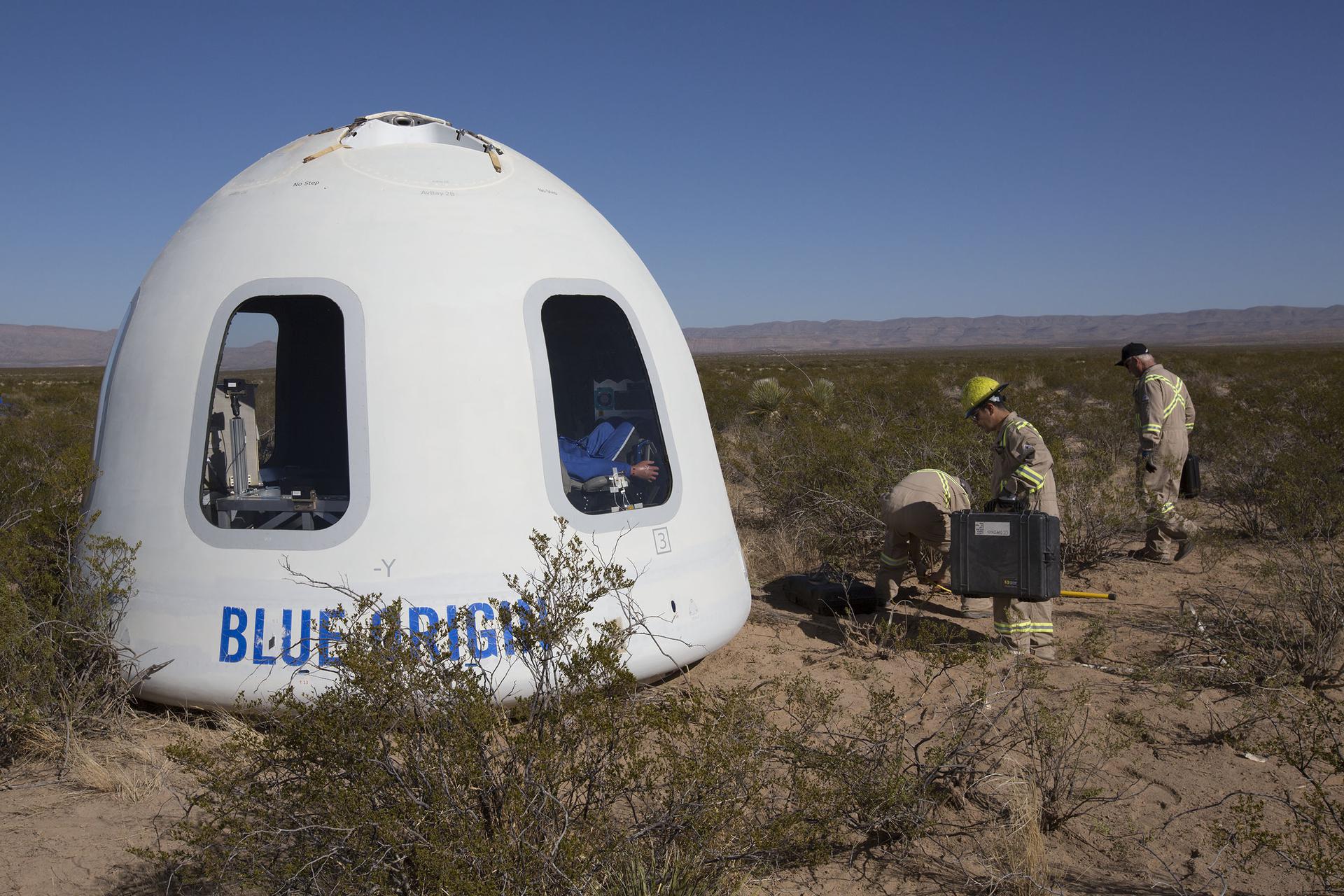
Crew Capsule 2.0
Active Human Rated Crew Capacity: 6()
Description
It is deisgned to spearate from the launcher stage below the Karman line and pursue a ballistic free flight above it before landing.
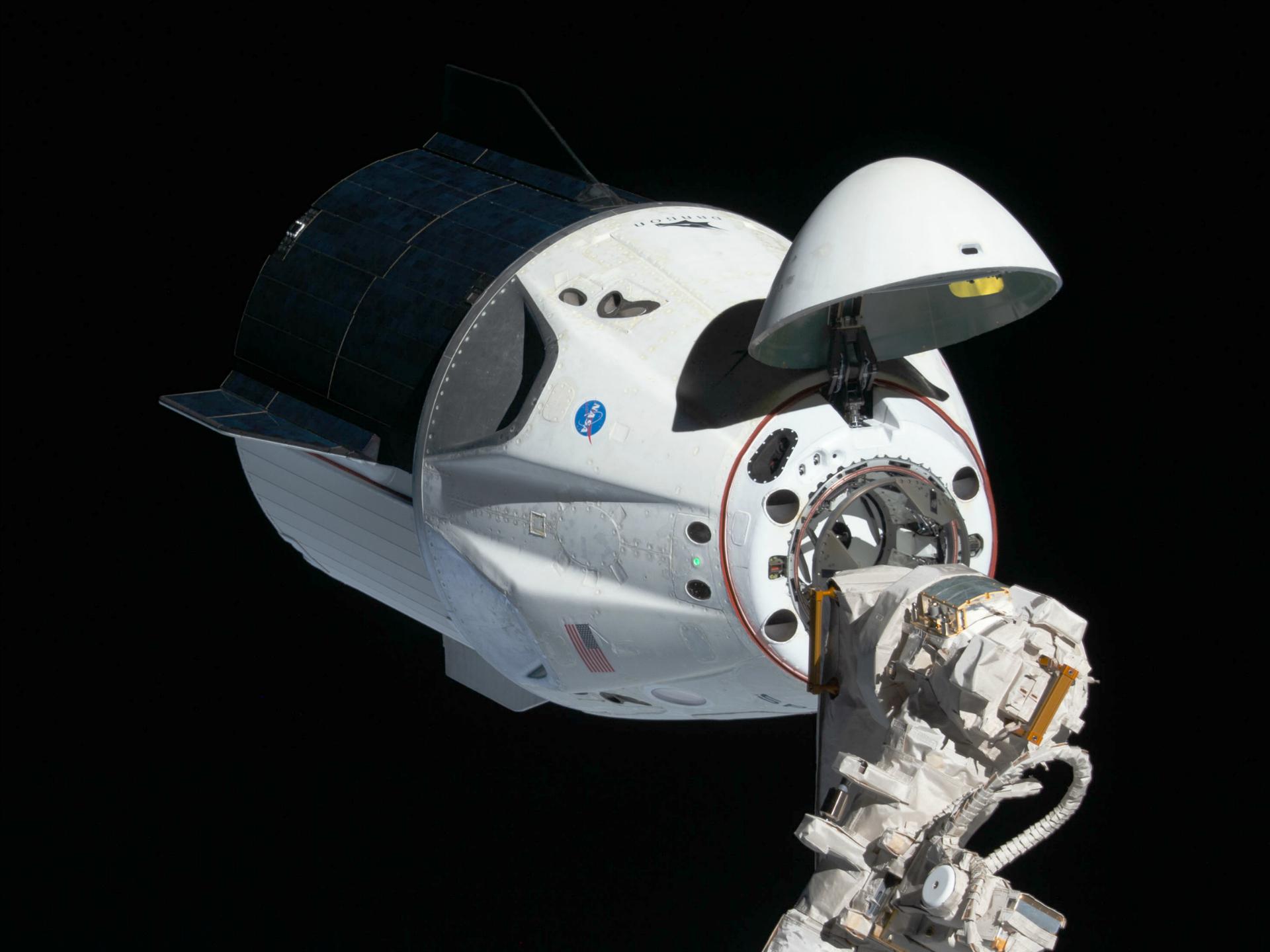
Crew Dragon 2
Active Human Rated Crew Capacity: 4()
Description
Crew Dragon 2 is capable of lifting four astronauts, or a combination of crew and cargo to and from low Earth orbit. Its heat shield is designed to withstand Earth re-entry velocities from Lunar and Martian spaceflights.
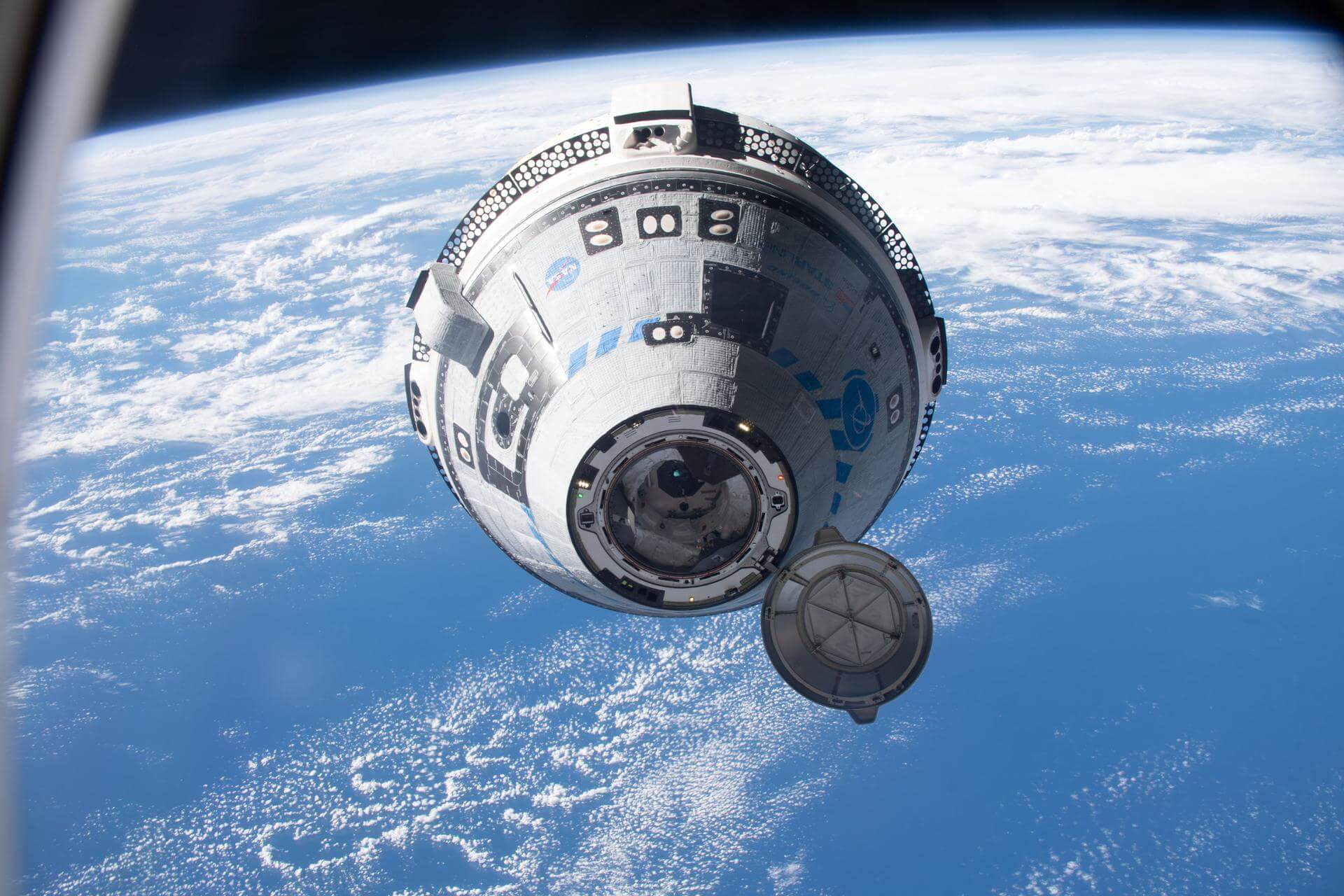
CST-100 Starliner
Active Human Rated Crew Capacity: 7()
Description
The Boeing CST-100 Starliner (Crew Space Transportation) crew capsule is a spacecraft design under construction by Boeing as their entry for NASA's Commercial Crew Development program. Its primary purpose is to transport crew to the International Space Station and to private space stations. It is launched on United Launch Alliance …
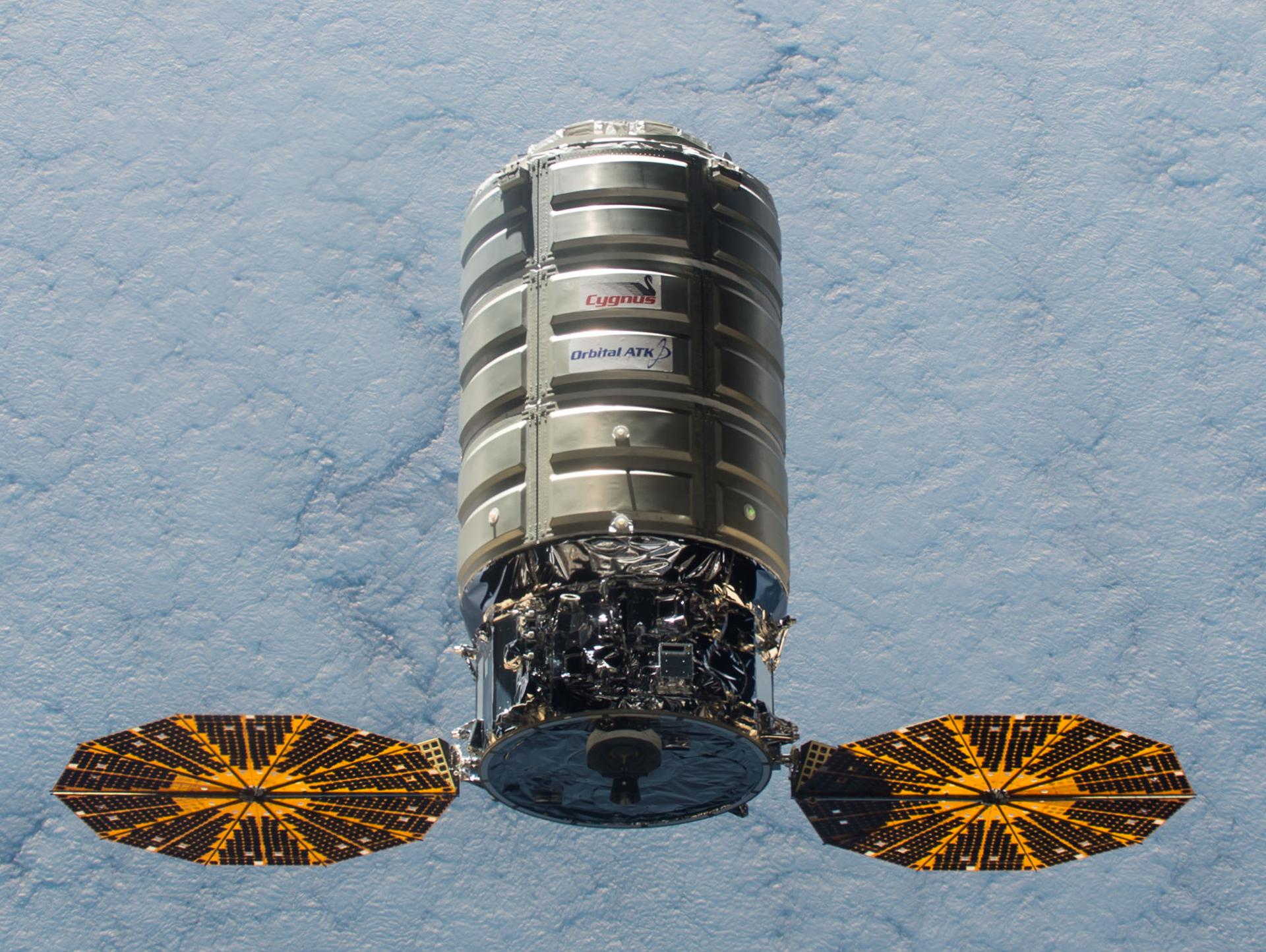
Cygnus Enhanced
Active Cargo()
Description
The Cygnus spacecraft is launched aboard Antares, Atlas V, or Falcon 9 to deliver cargo to the ISS under NASAs CRS contracts. It has no heatshield so at the end of its mission its used to dispose of waste by burning up in the Earths atmosphere.
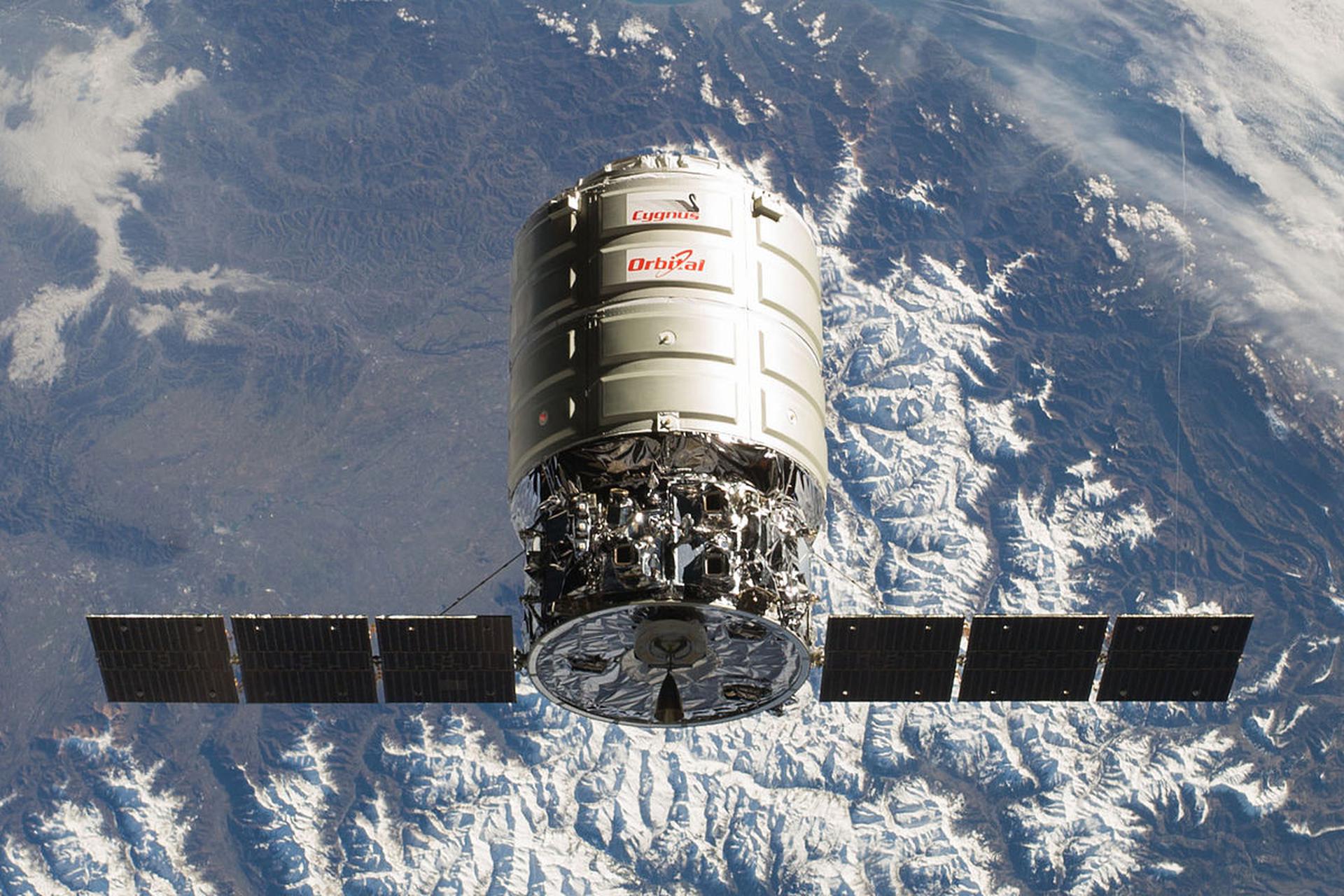
Cygnus Standard
In-active Cargo()
Description
The Cygnus spacecraft is launched aboard Antares or the Atlas V to deliver cargo to the ISS under NASAs CRS contracts. It has no heatshield so at the end of its mission its used to dispose of waste by burning up in the Earths atmosphere.

Cygnus Upgraded
In-active Cargo()
Description
The Cygnus spacecraft is launched aboard Antares to deliver cargo to the ISS and commercial space stations. It has no heatshield so at the end of its mission its used to dispose of waste by burning up in the Earths atmosphere.
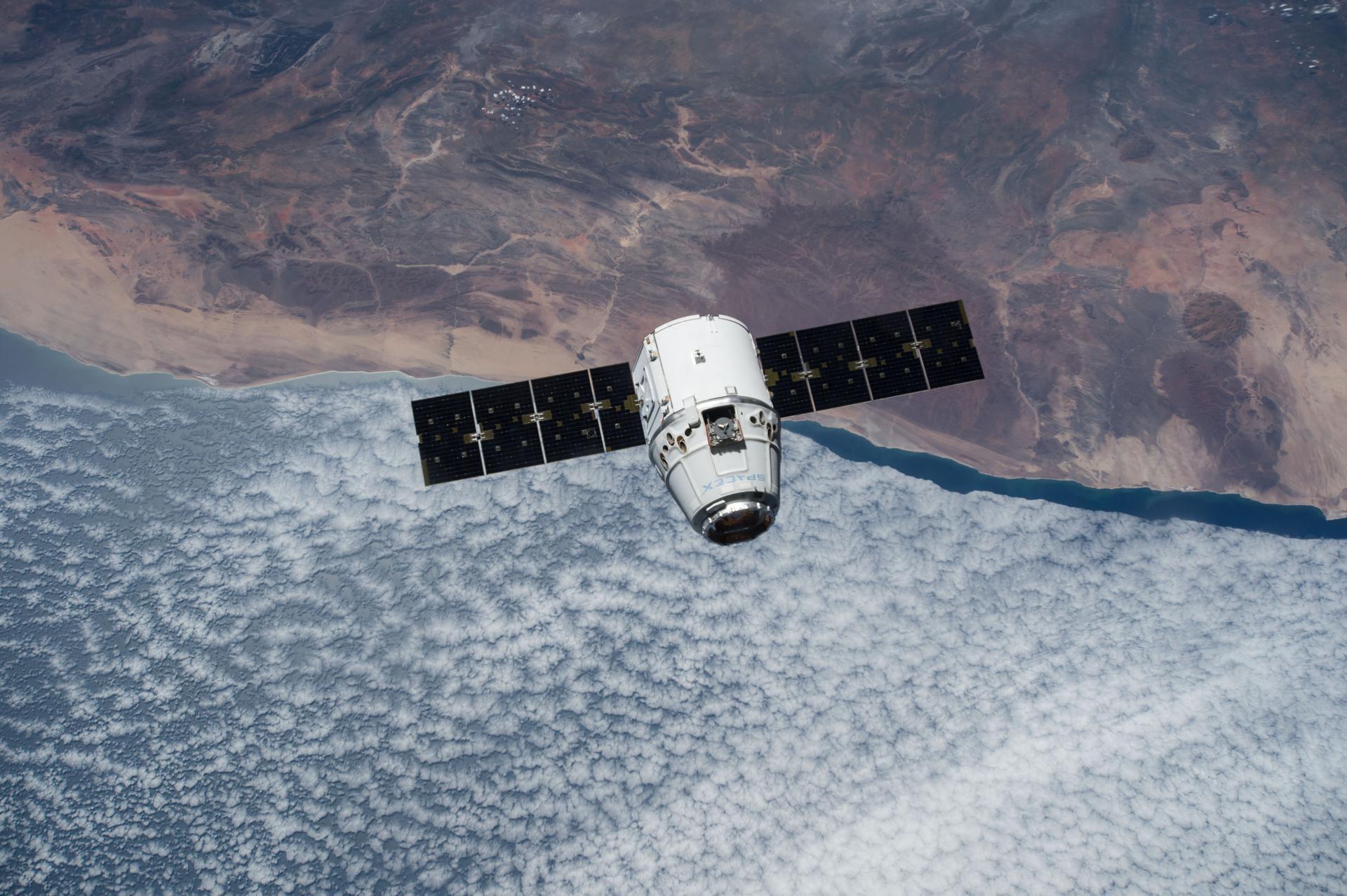
Dragon 1
In-active Cargo()
Description
The Dragon spacecraft consists of a nose-cone cap, a conventional blunt-cone ballistic capsule, and an unpressurized cargo-carrier trunk equipped with two solar arrays. Dragon was launched into orbit by the company's Falcon 9 launch vehicle to resupply the International Space Station (ISS).
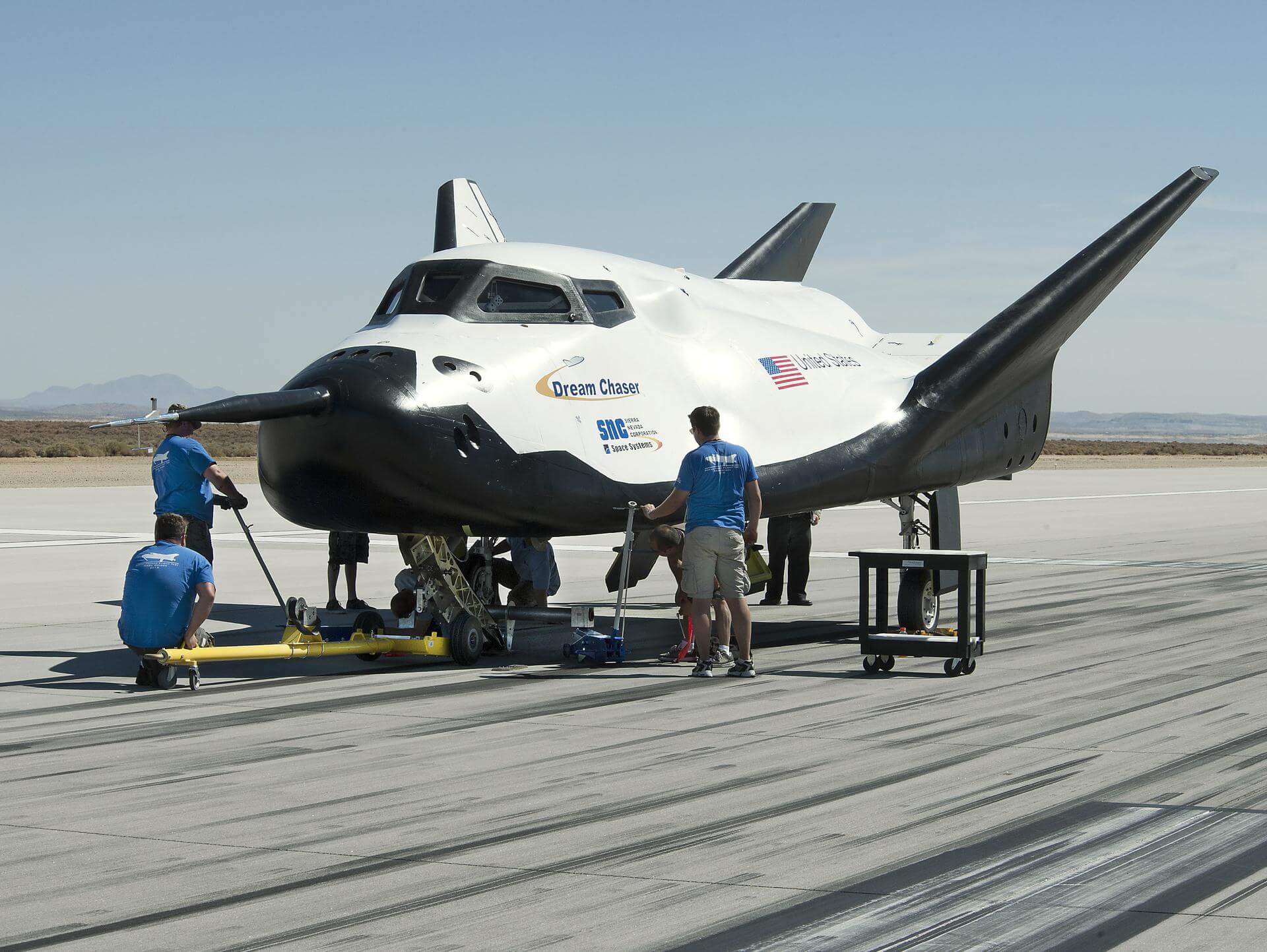
Dream Chaser
Active Cargo Crew Capacity: 7()
Description
The cargo Dream Chaser will resupply the International Space Station with both pressurized and unpressurized cargo. It will be launched vertically on the Vulcan Centaur rocket, and autonomously land horizontally on conventional runways.
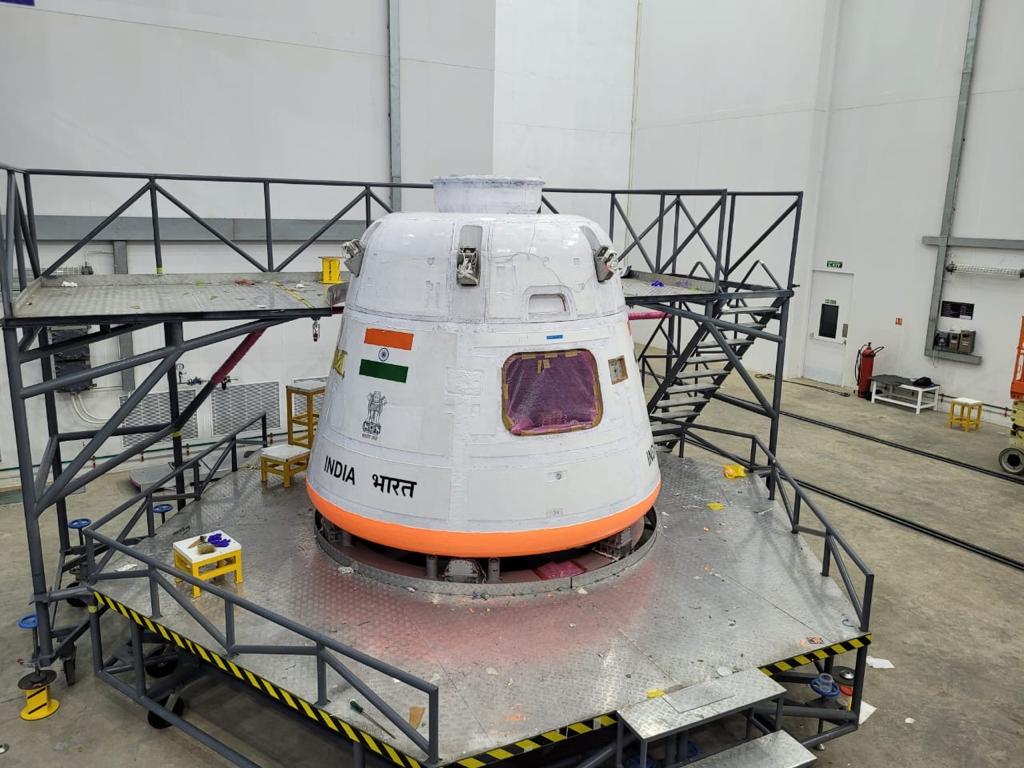
Gaganyaan
Active Human Rated Crew Capacity: 3()
Description
Gaganyaan is an Indian crewed orbital spacecraft intended to be the formative spacecraft of the Indian Human Spaceflight Programme.
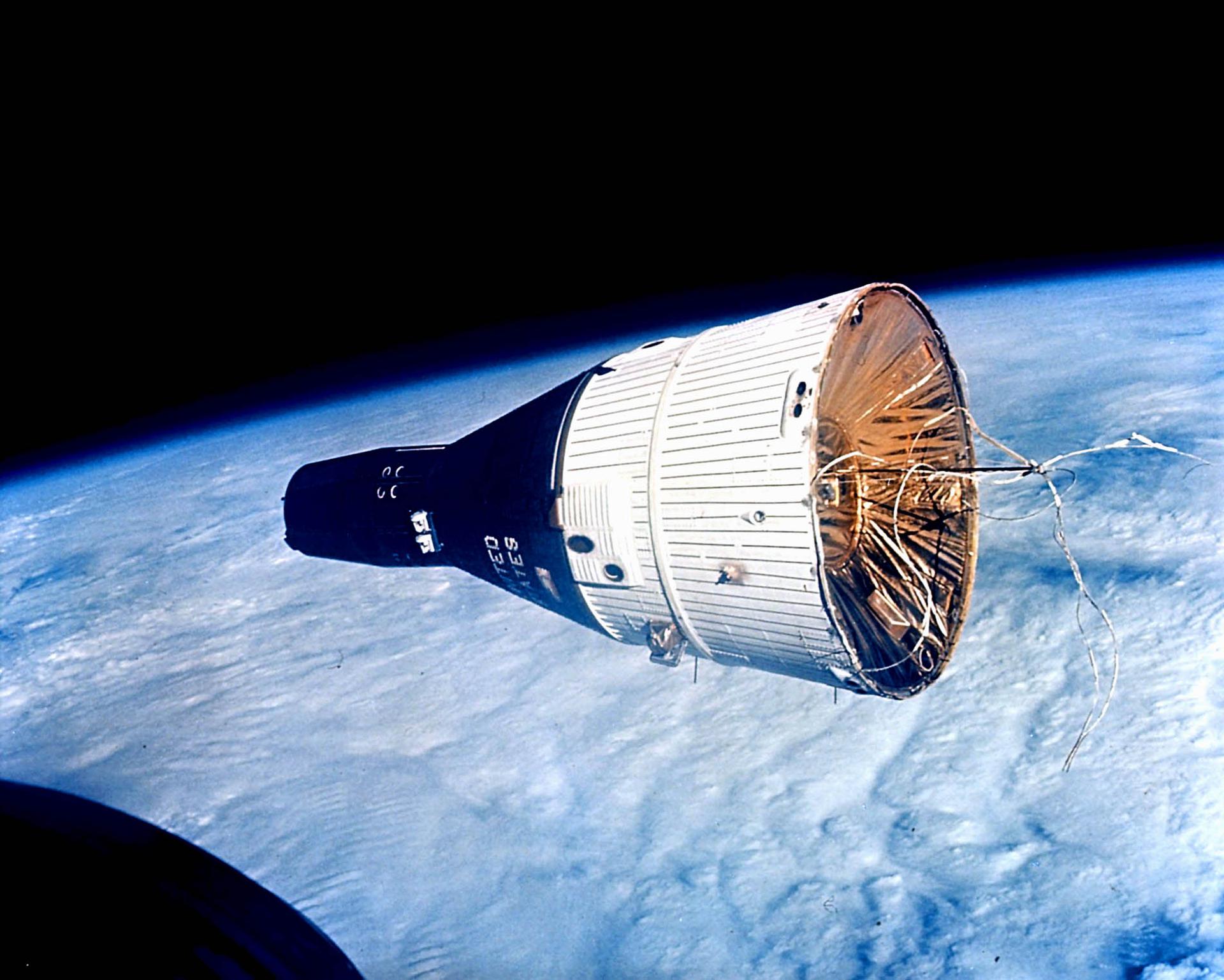
Gemini
In-active Human Rated Crew Capacity: 2()
Description
The spacecraft was 18 feet 5 inches (5.61 m) long and 10 feet (3.0 m) wide, with a launch weight varying from 7,100 to 8,350 pounds (3,220 to 3,790 kg).
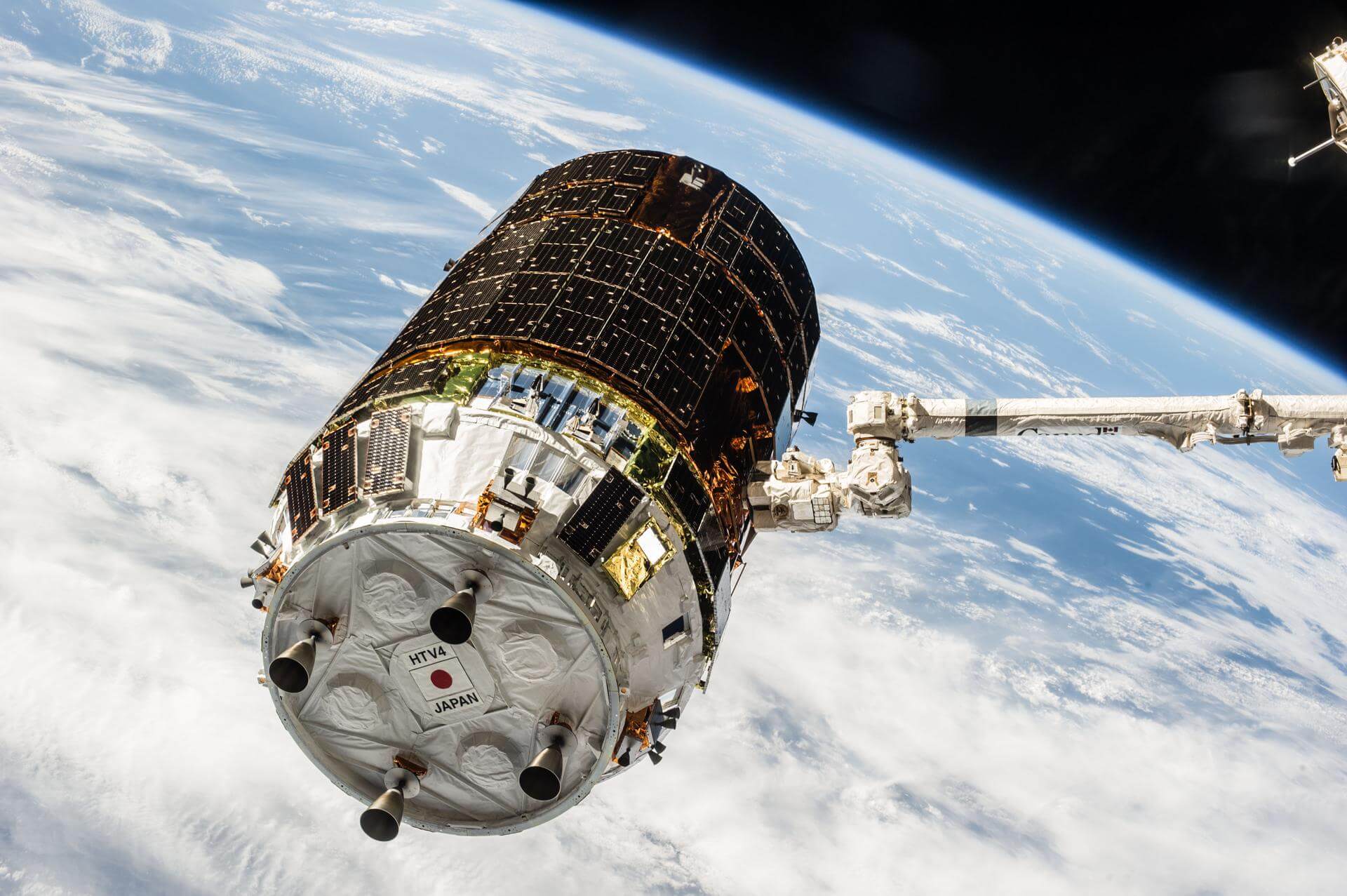
H-II Transfer Vehicle (HTV)
In-active Cargo()
Description
The HTV is about 9.8 metres (32 ft) long (including maneuvering thrusters at one end) and 4.4 metres (14 ft) in diameter. Total mass when empty is 10.5 tonnes (11.6 short tons), with a maximum total payload of 6,000 kilograms (13,000 lb; 6.0 t; 6.6 short tons), for a maximum …
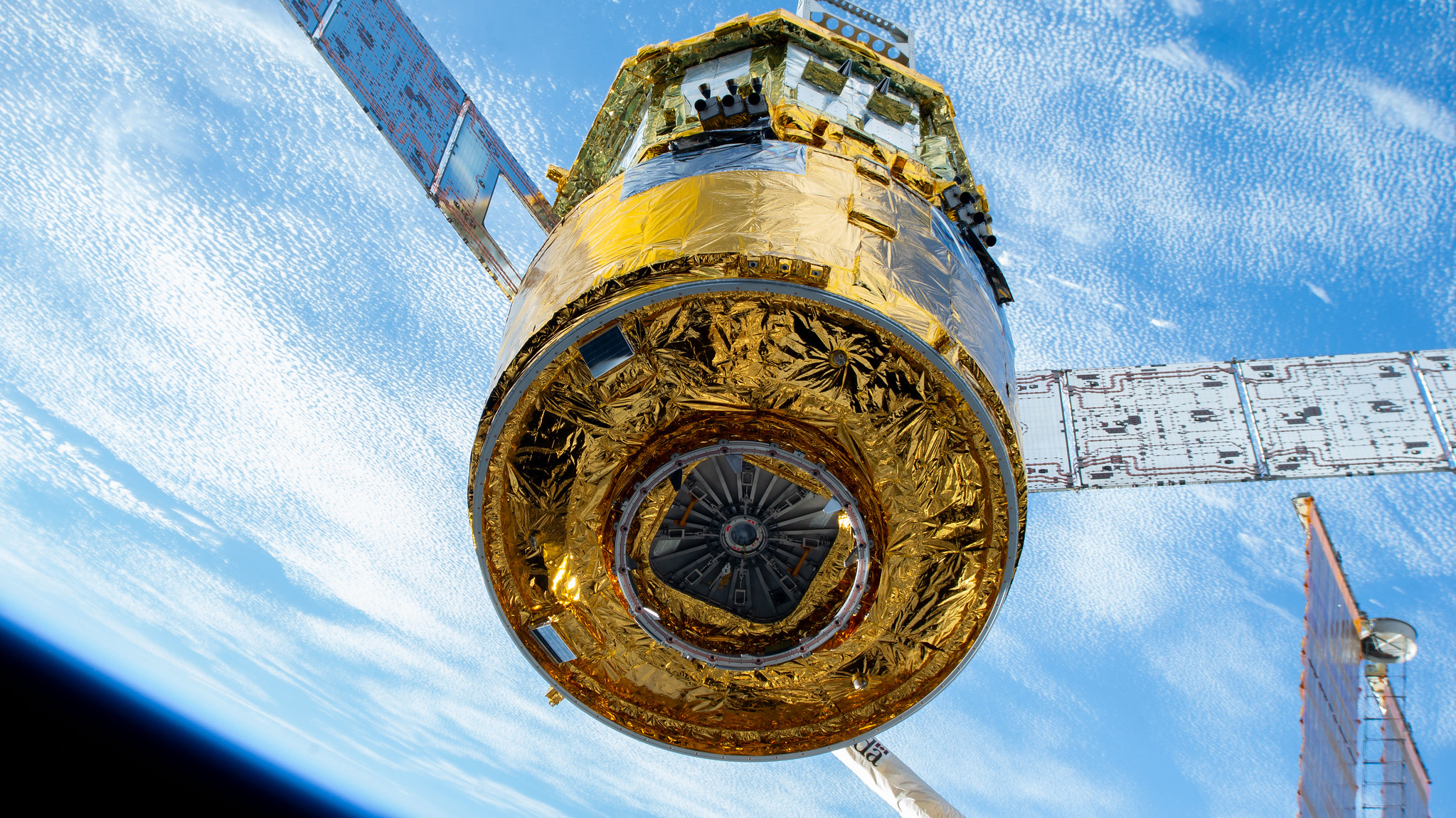
HTV-X
Active Cargo()
Description
The HTV-X is Japan’s next-generation cargo spacecraft designed to deliver supplies, experiments, and equipment to the International Space Station. Building on the legacy of the original HTV, it features upgraded automation and reduced weight. Its reliable performance supports Japan’s role in international space exploration and the Artemis program.
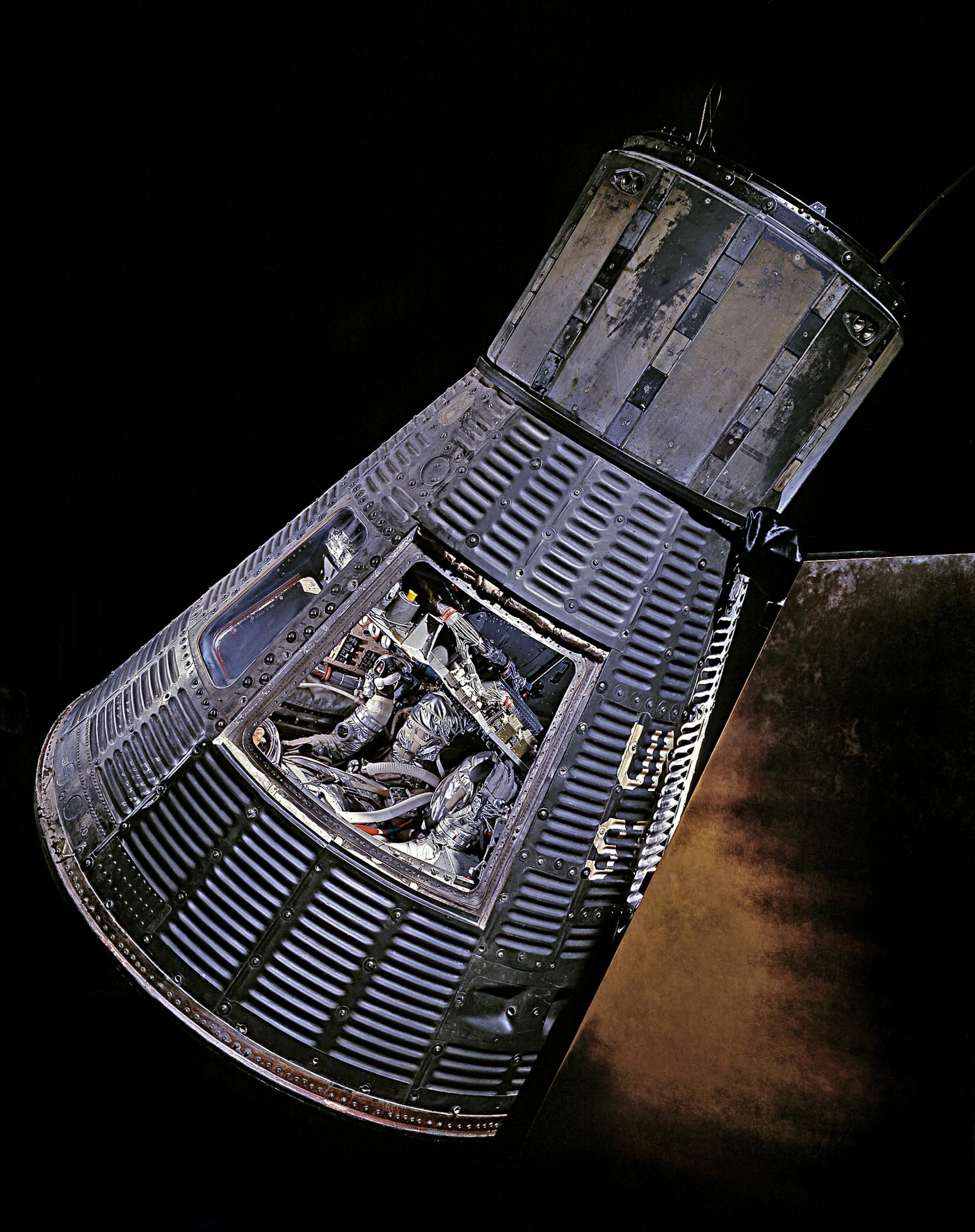
Mercury
In-active Human Rated Crew Capacity: 1()
Description
The Mercury spacecraft's principal designer was Maxime Faget, who started research for manned spaceflight during the time of the NACA. With 100 cubic feet (2.8 m3) of habitable volume, the capsule was just large enough for a single crew member. Inside were 120 controls: 55 electrical switches, 30 fuses and …
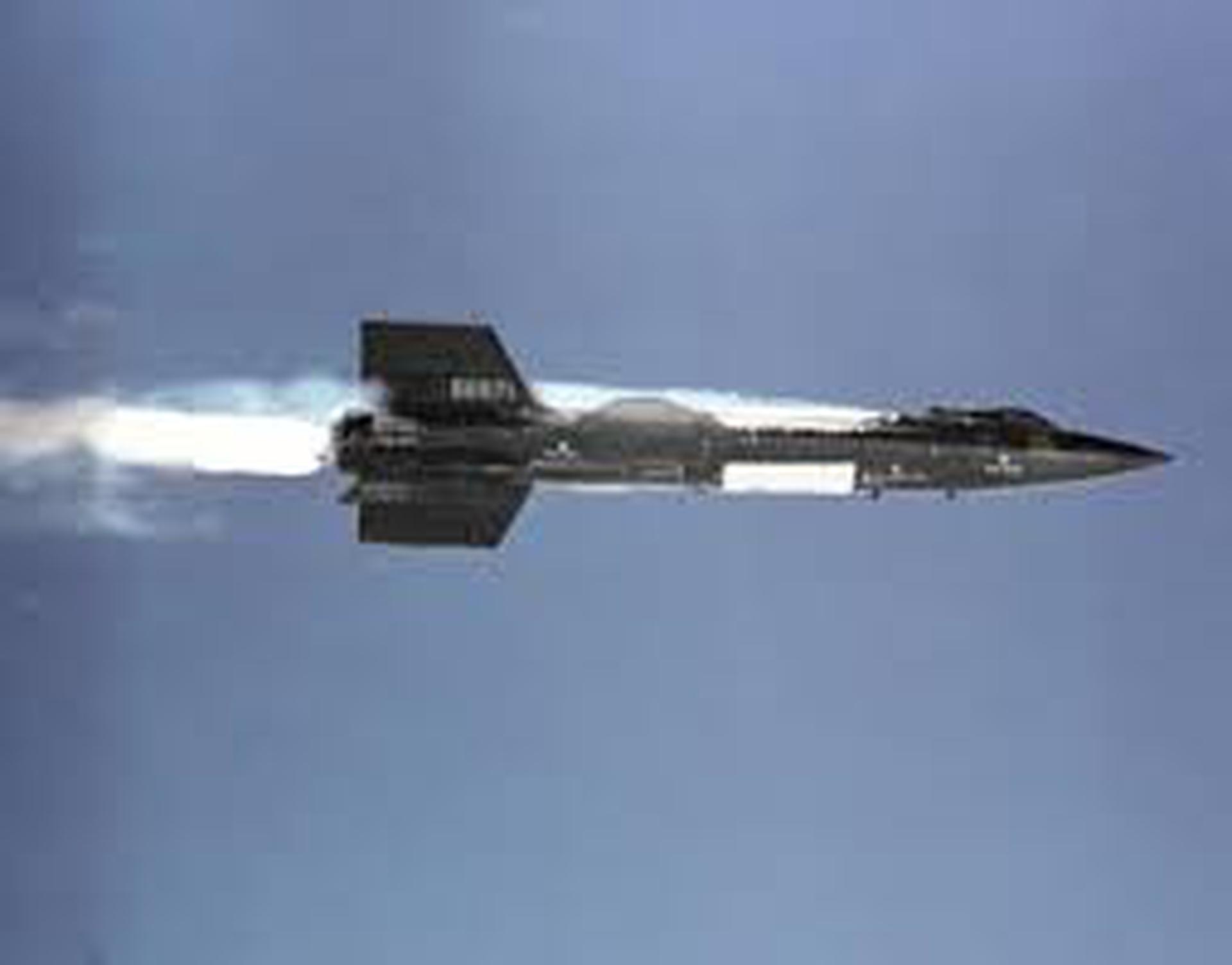
North American X-15
In-active Human Rated Crew Capacity: 1()
Description
The North American X-15 was a hypersonic rocket-powered aircraft operated by the United States Air Force and the National Aeronautics and Space Administration. The X-15 reached altitudes of over 80km and speeds of over 6000 km/h. The X-15 had a wingspan of 6.8 meters, and length of 15.4
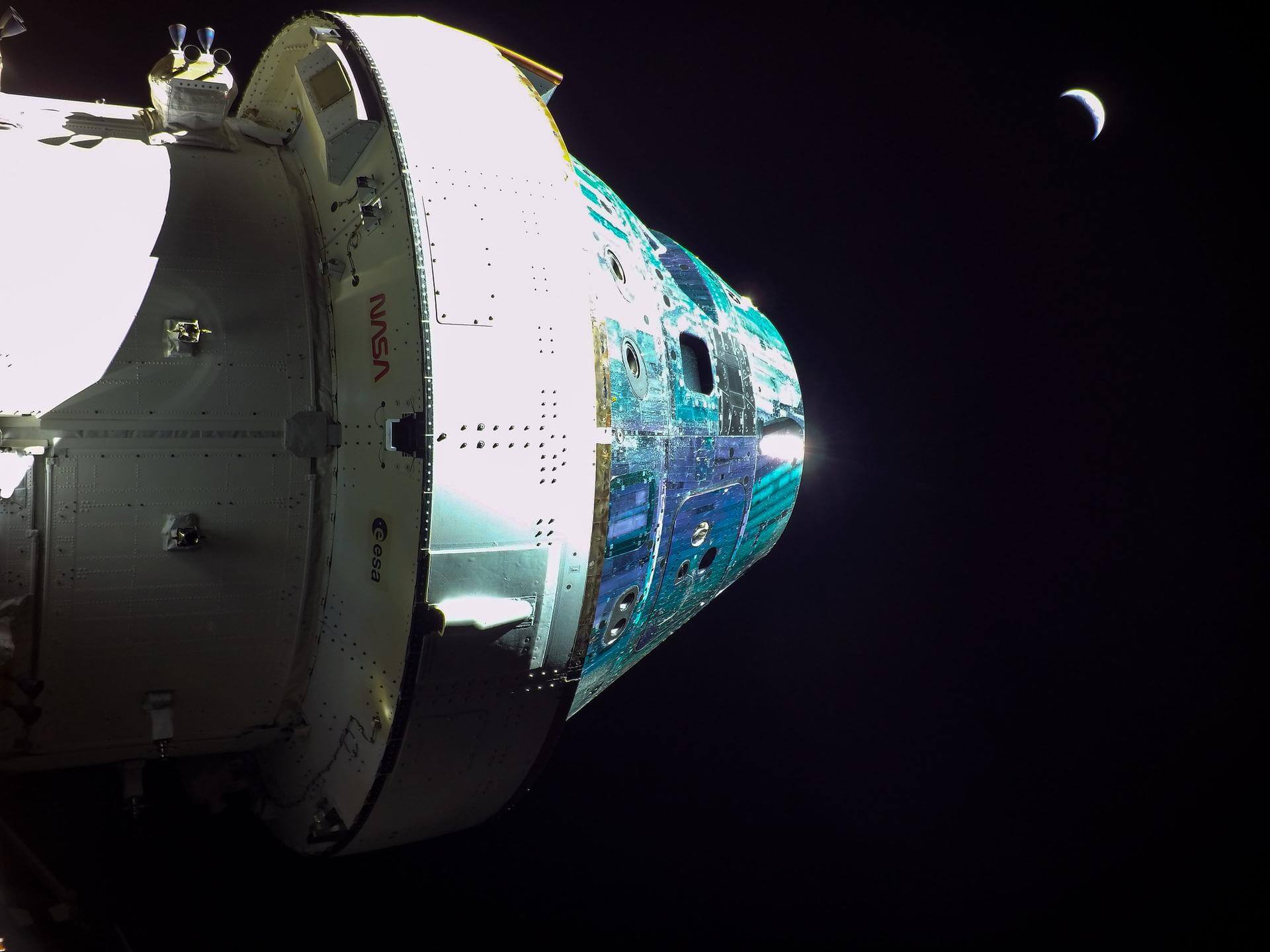
Orion
Active Human Rated Crew Capacity: 4()
Description
The Orion MPCV takes basic design elements from the Apollo Command Module that took astronauts to the moon, but its technology and capability are more advanced. It is designed to support long-duration deep space missions, with up to 21 days active crew time plus 6 months quiescent. During the quiescent …
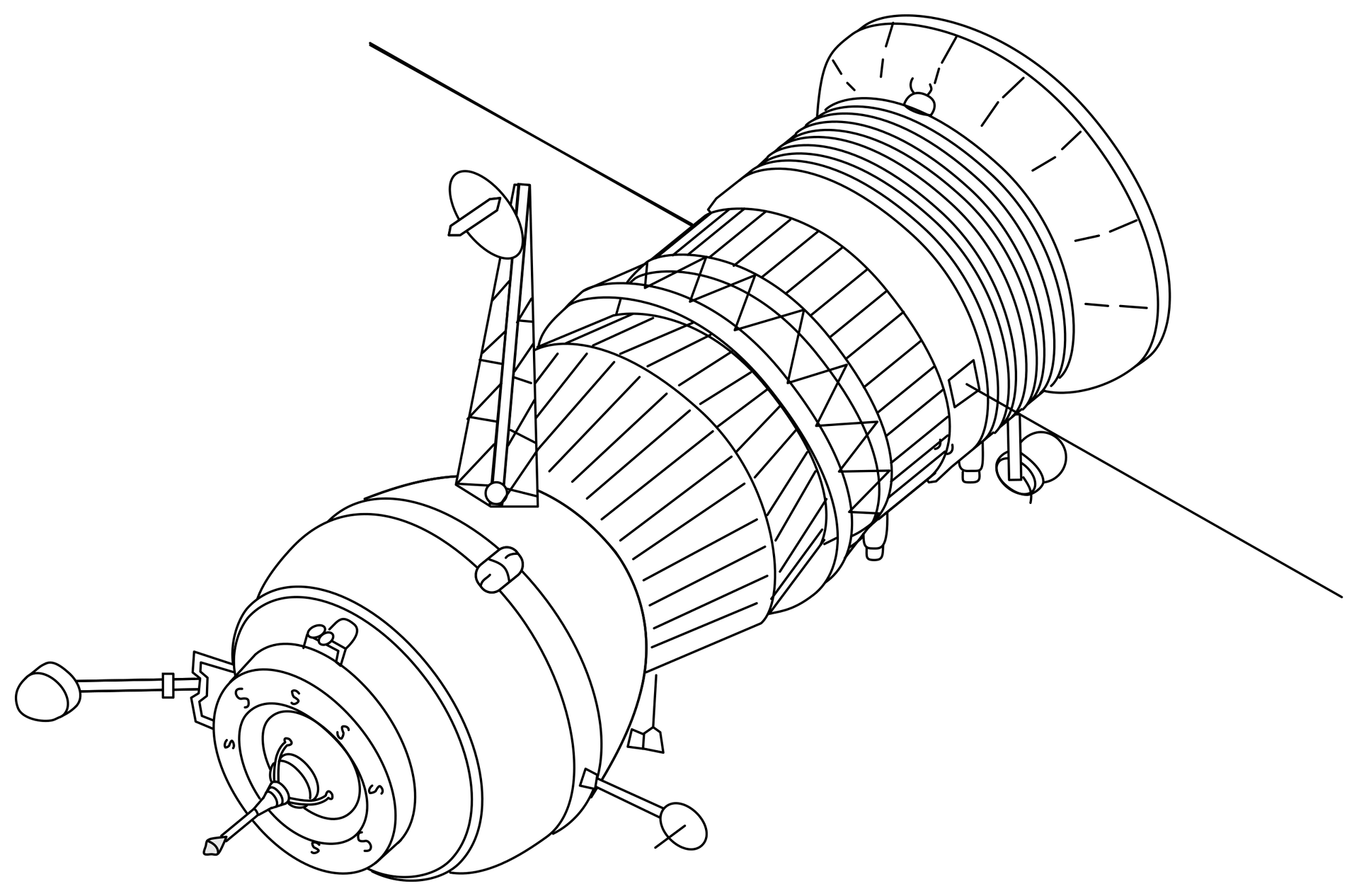
Progress 7K-TG
In-active Cargo()
Description
Progress is derived from the manned Soyuz spacecraft and is launched on the same vehicle, a Soyuz rocket. The purpose of Progress is to deliver supplies needed to sustain human presence in orbit. Currently it is used as a re-supply spacecraft for the ISS.
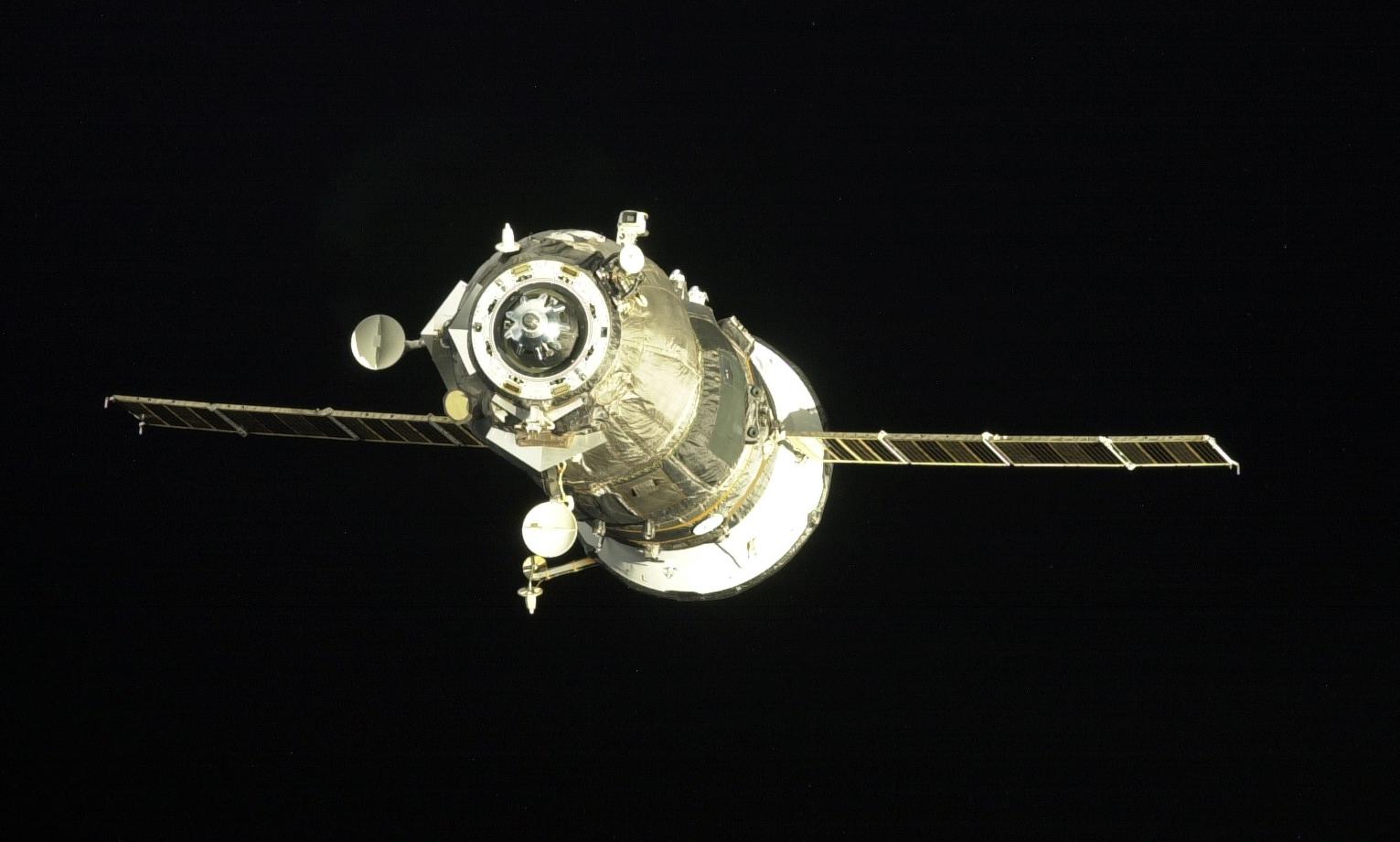
Progress-M
In-active Cargo()
Description
Progress is derived from the manned Soyuz spacecraft and is launched on the same vehicle, a Soyuz rocket. The purpose of Progress is to deliver supplies needed to sustain human presence in orbit. Currently it is used as a re-supply spacecraft for the ISS.
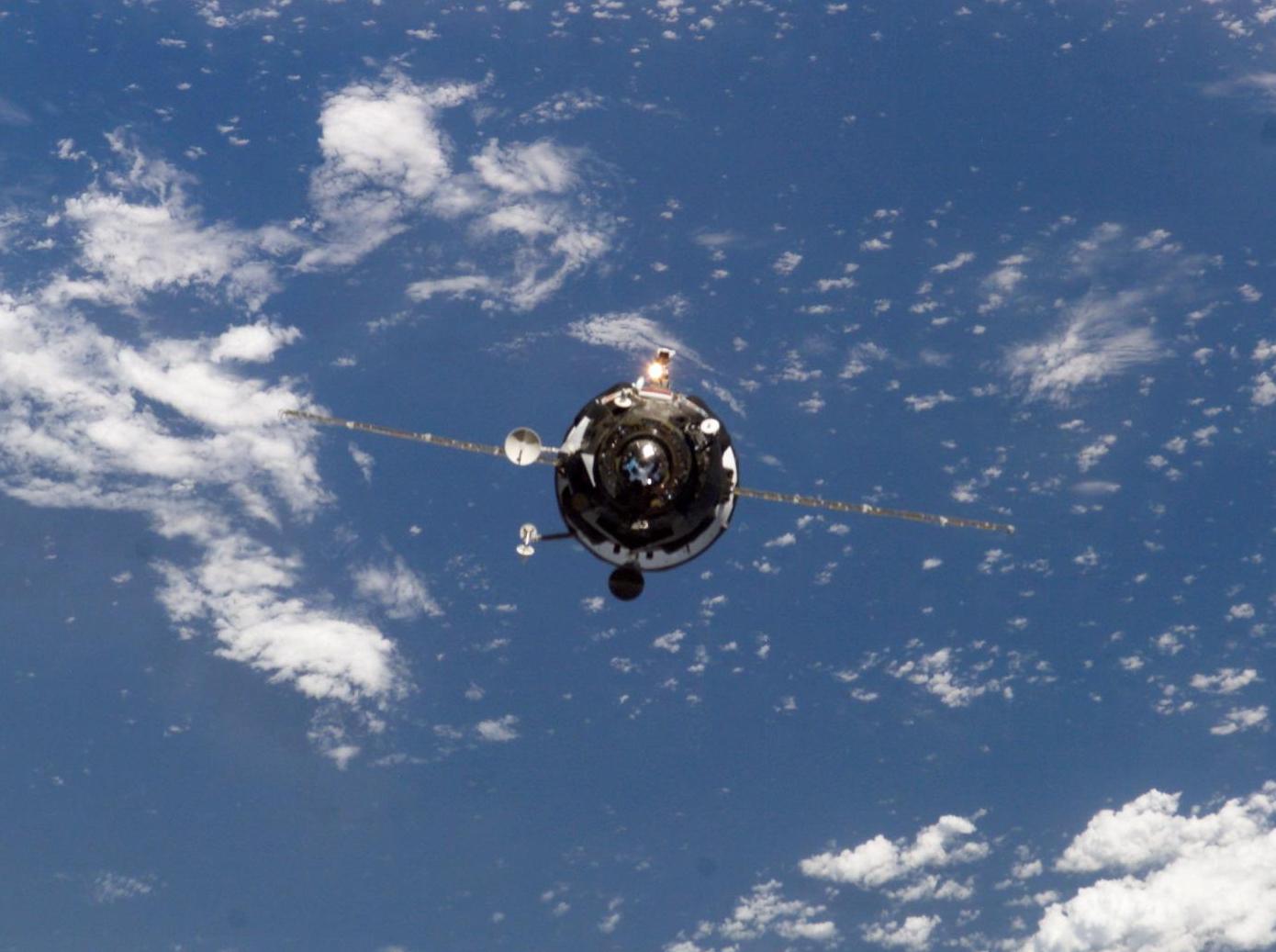
Progress-M1
In-active Cargo()
Description
Progress is derived from the manned Soyuz spacecraft and is launched on the same vehicle, a Soyuz rocket. The purpose of Progress is to deliver supplies needed to sustain human presence in orbit. Currently it is used as a re-supply spacecraft for the ISS.
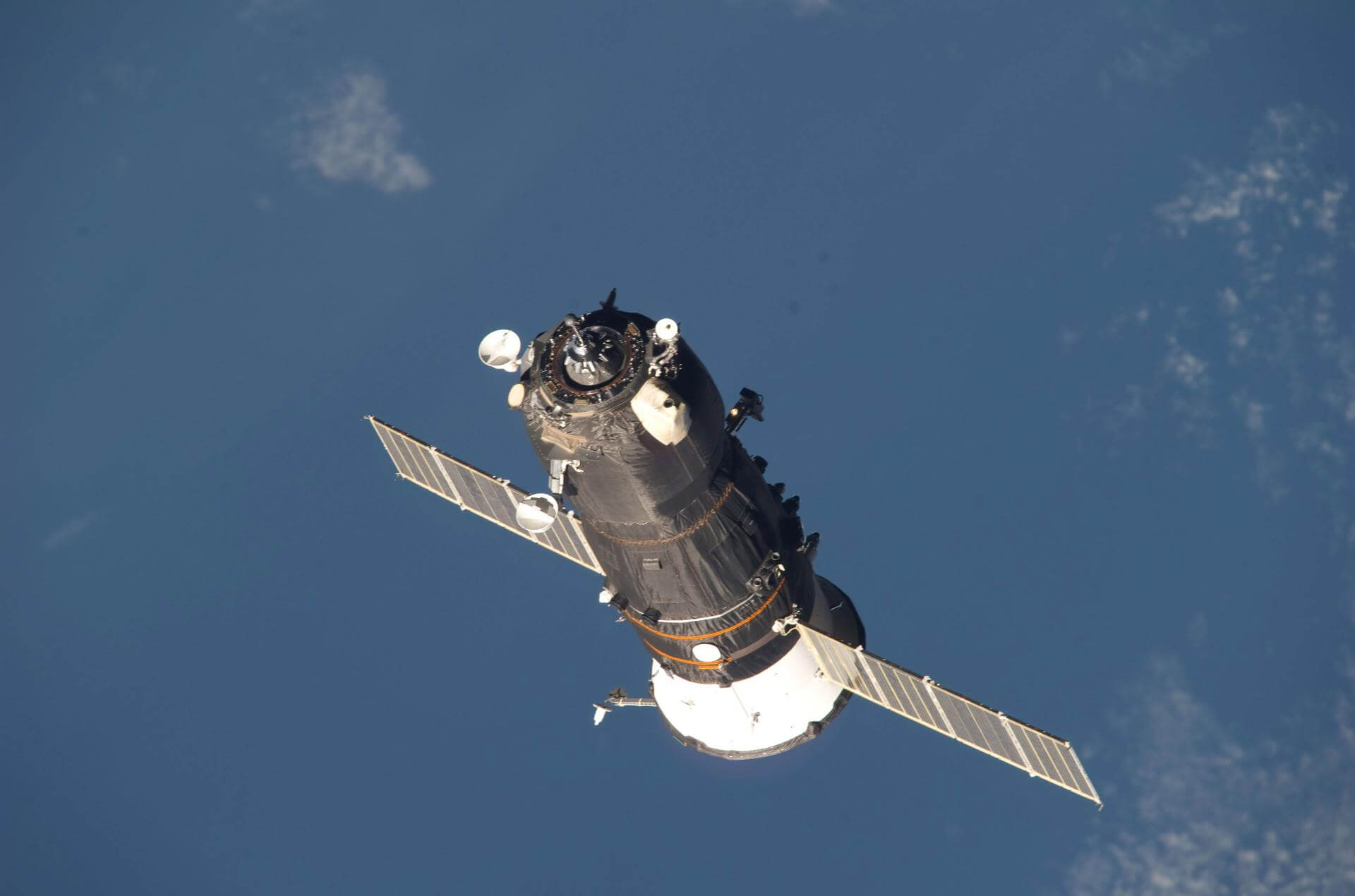
Progress-M (modified)
In-active Cargo()
Description
Progress is derived from the manned Soyuz spacecraft and is launched on the same vehicle, a Soyuz rocket. The purpose of Progress is to deliver supplies needed to sustain human presence in orbit. Currently it is used as a re-supply spacecraft for the ISS.
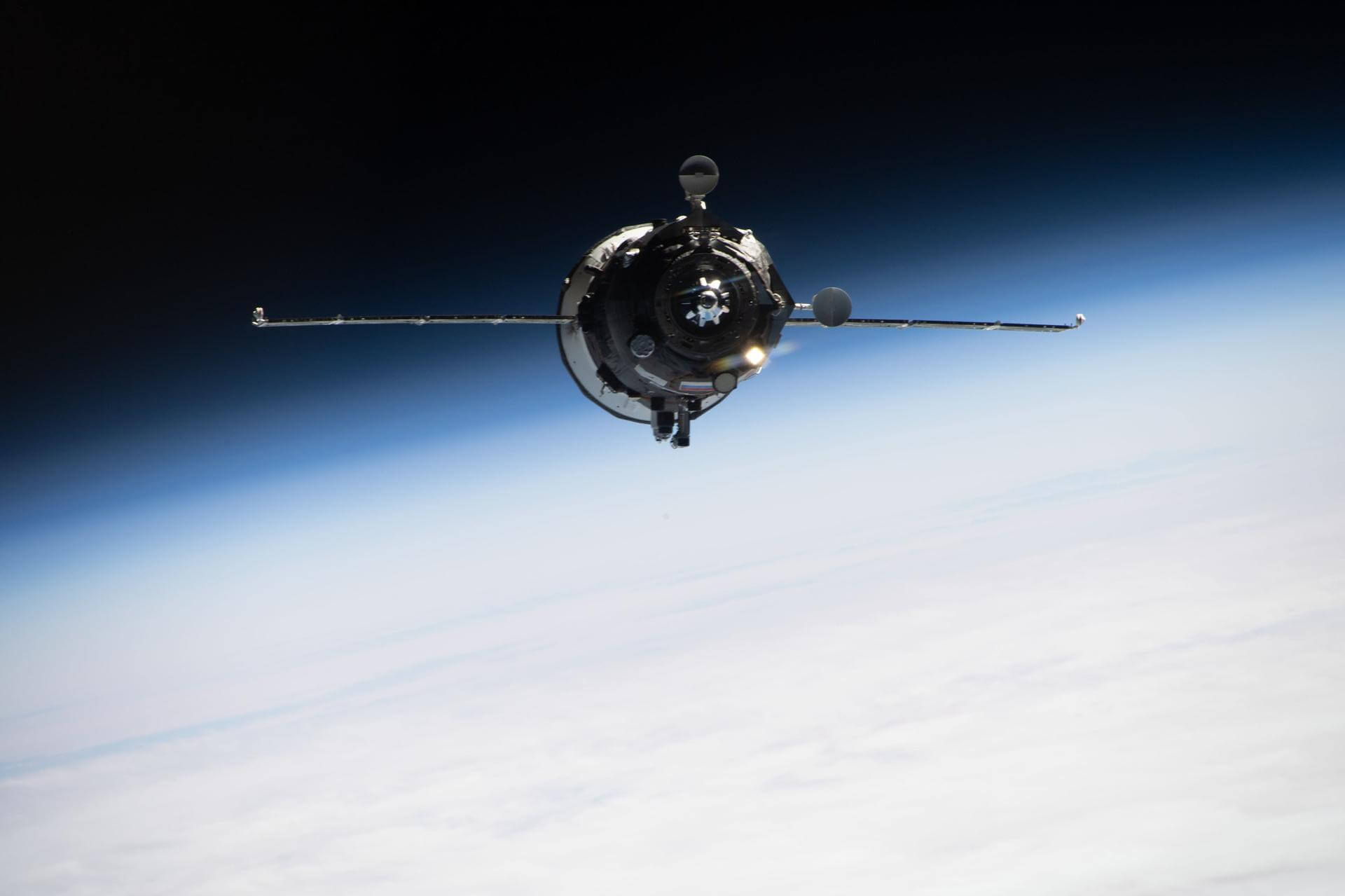
Progress-MS
Active Cargo()
Description
Progress is derived from the manned Soyuz spacecraft and is launched on the same vehicle, a Soyuz rocket. The purpose of Progress is to deliver supplies needed to sustain human presence in orbit. Currently it is used as a re-supply spacecraft for the ISS.
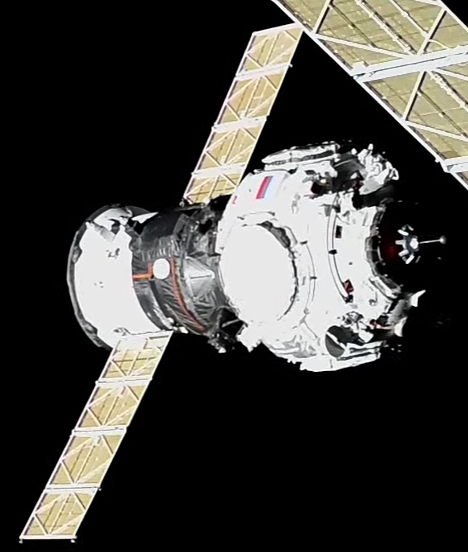
Progress M-UM
In-active Cargo()
Description
Progress is derived from the manned Soyuz spacecraft and is launched on the same vehicle, a Soyuz rocket. The purpose of Progress is to deliver supplies needed to sustain human presence in orbit. Currently it is used as a re-supply spacecraft for the ISS.
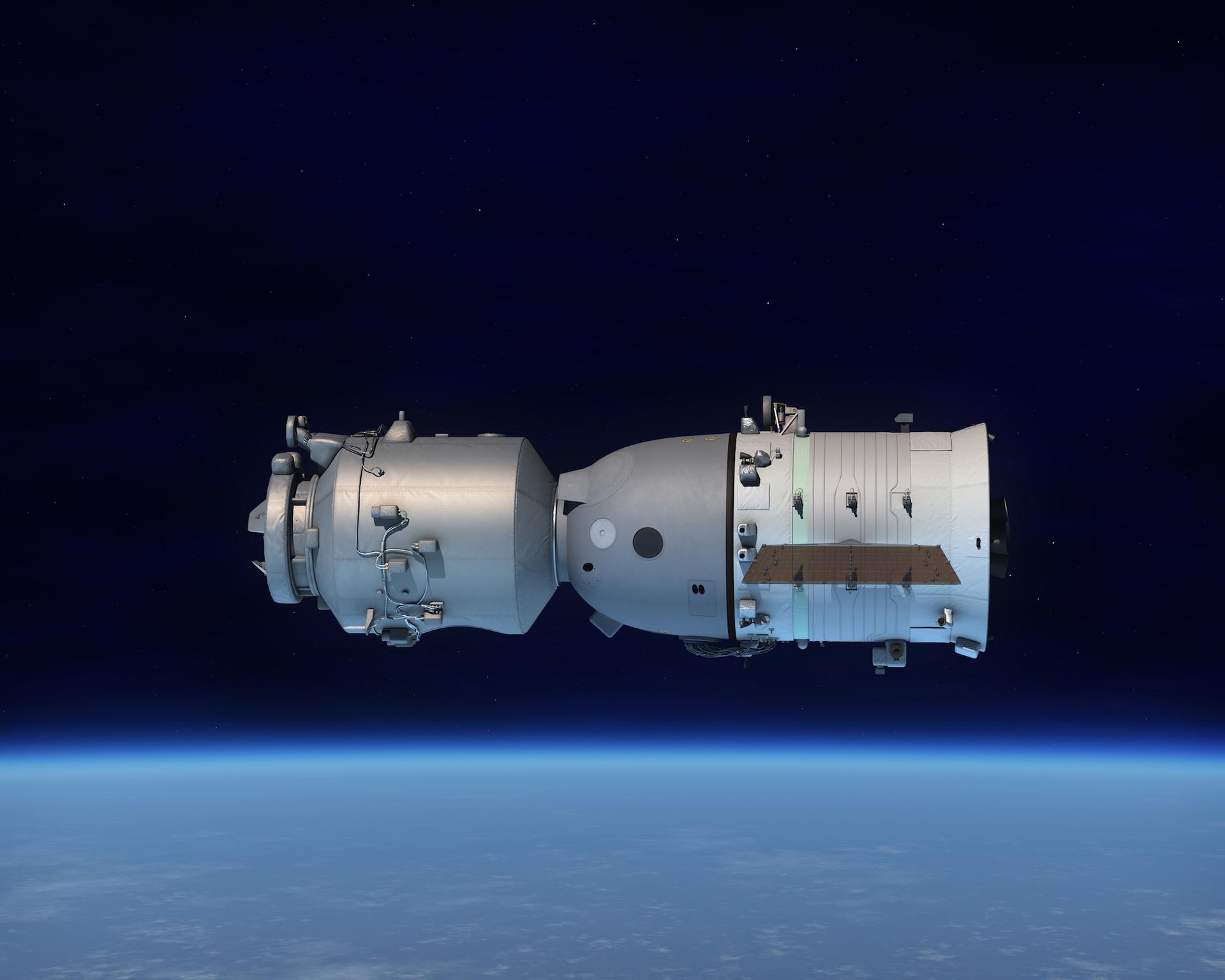
Shenzhou
Active Human Rated Crew Capacity: 3()
Description
The Shenzhou spacecraft resembles the Soyuz, although it is longer, with a larger habitable volume. It features a powered service module like the Soyuz, and prior to Shenzhou 8 its orbital module was capable of autonomous flight. The aft service module contains life support and other equipment required for the …
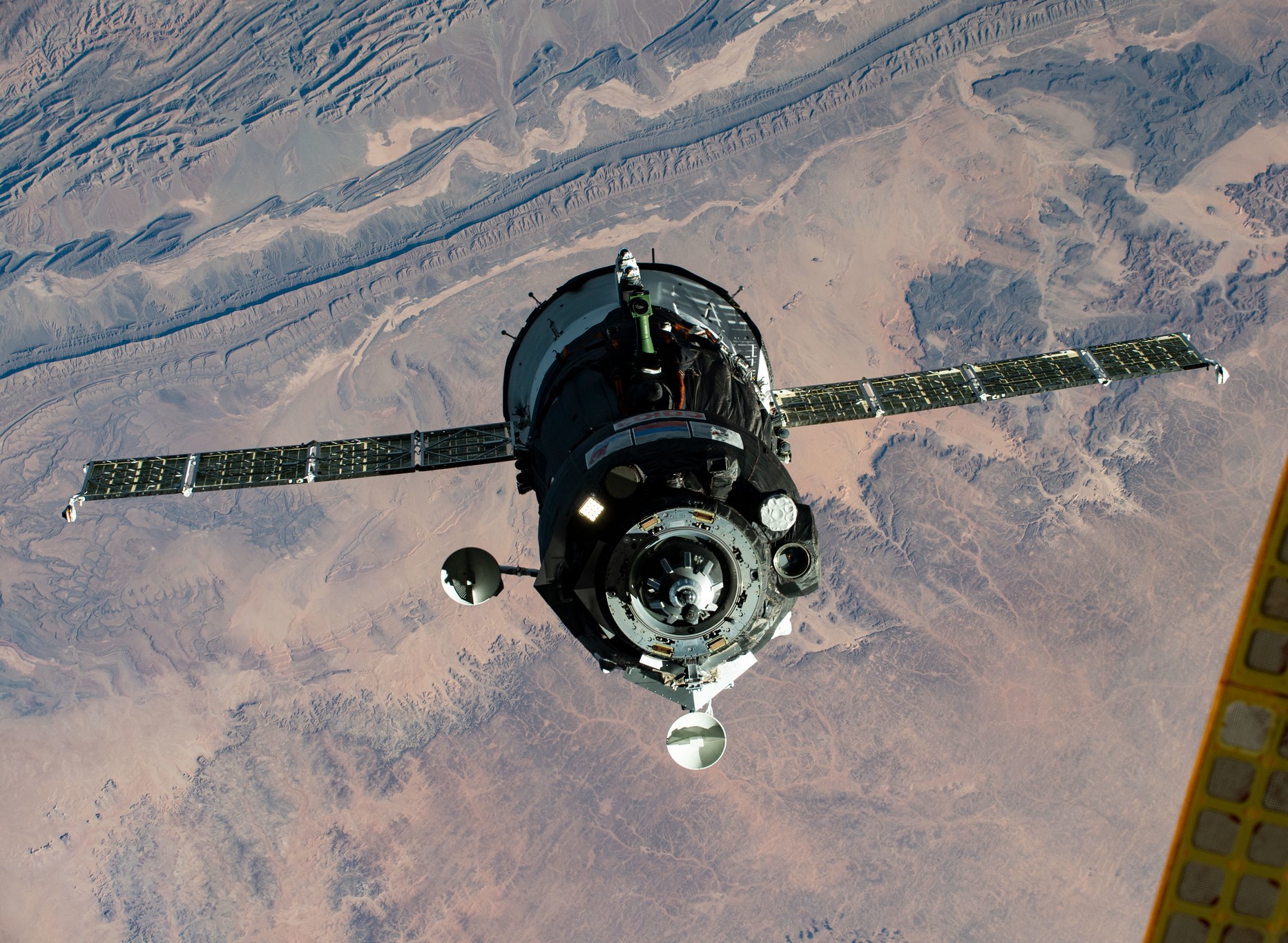
Soyuz
In-active Human Rated Crew Capacity: 3()
Description
Soyuz is a series of spacecraft designed for the Soviet space programme by the Korolyov Design Bureau (now RKK Energia) in the 1960s that remains in service today. The Soyuz succeeded the Voskhod spacecraft and was originally built as part of the Soviet Manned Lunar programme. nn The Soyuz spacecraft …
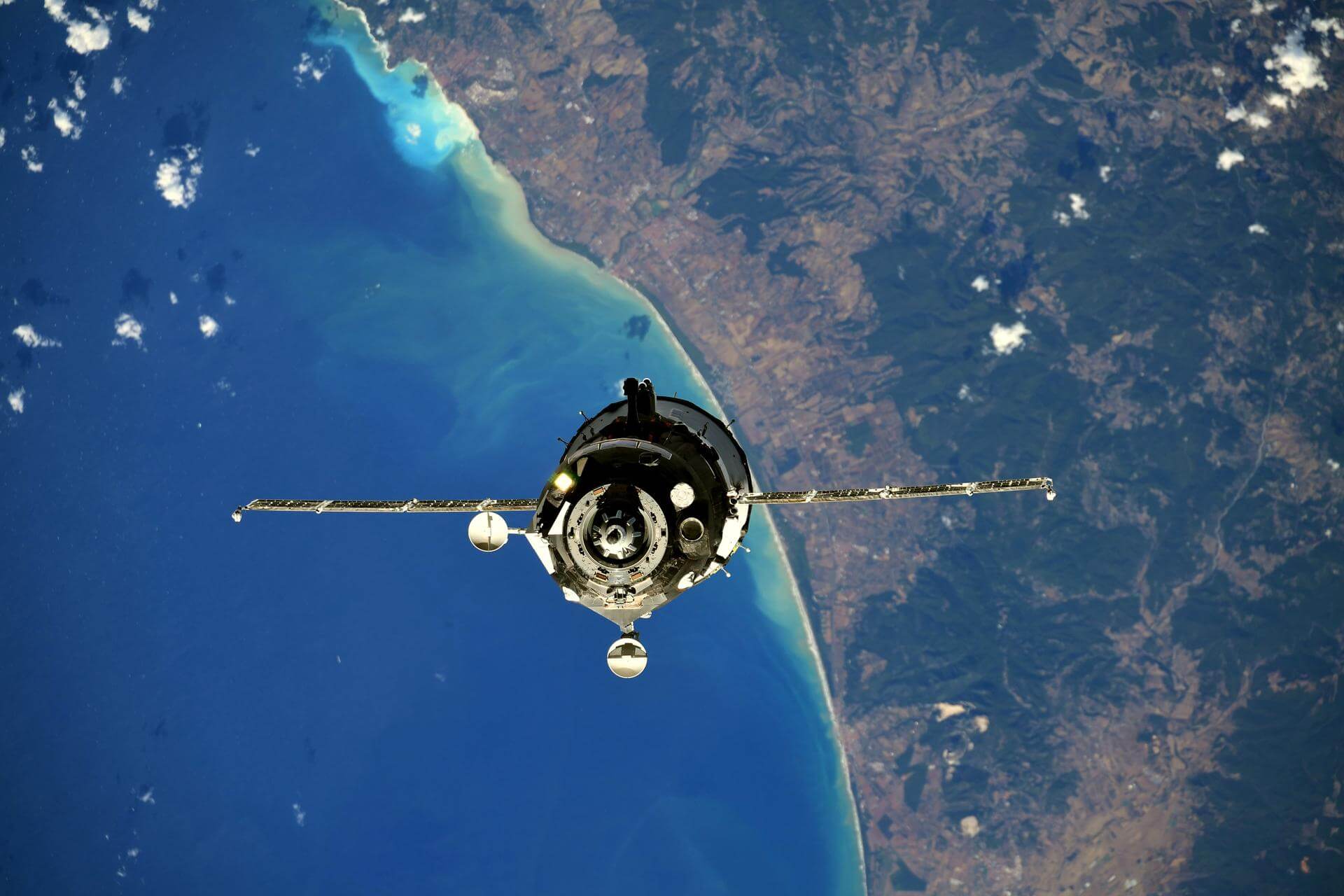
Soyuz MS
Active Human Rated Crew Capacity: 3()
Description
Soyuz is a series of spacecraft designed for the Soviet space programme by the Korolyov Design Bureau (now RKK Energia) in the 1960s that remains in service today. The Soyuz succeeded the Voskhod spacecraft and was originally built as part of the Soviet Manned Lunar programme. The Soyuz spacecraft is …
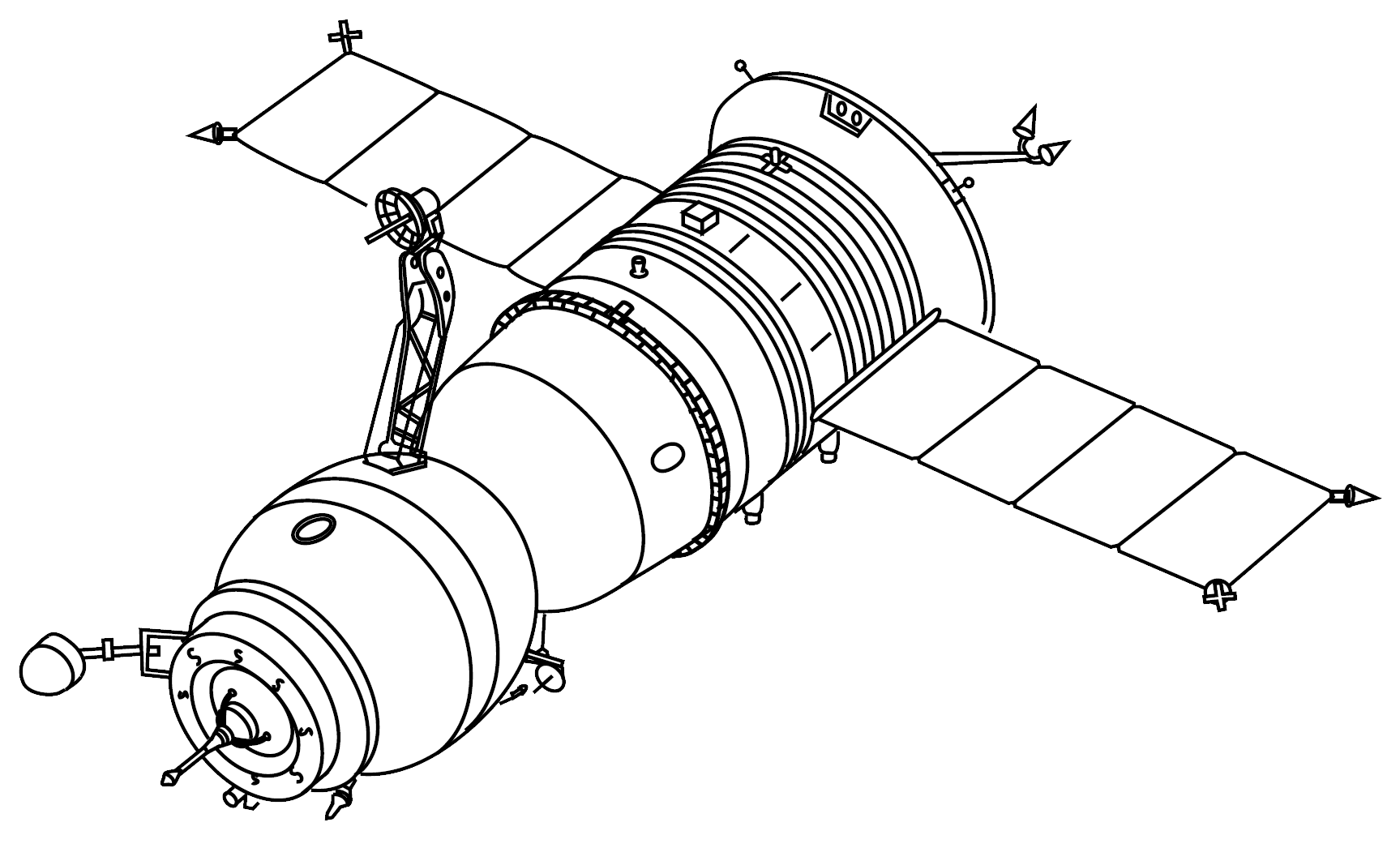
Soyuz T
In-active Human Rated Crew Capacity: 3()
Description
Soyuz is a series of spacecraft designed for the Soviet space programme by the Korolyov Design Bureau (now RKK Energia) in the 1960s that remains in service today. The Soyuz succeeded the Voskhod spacecraft and was originally built as part of the Soviet Manned Lunar programme. The Soyuz spacecraft is …
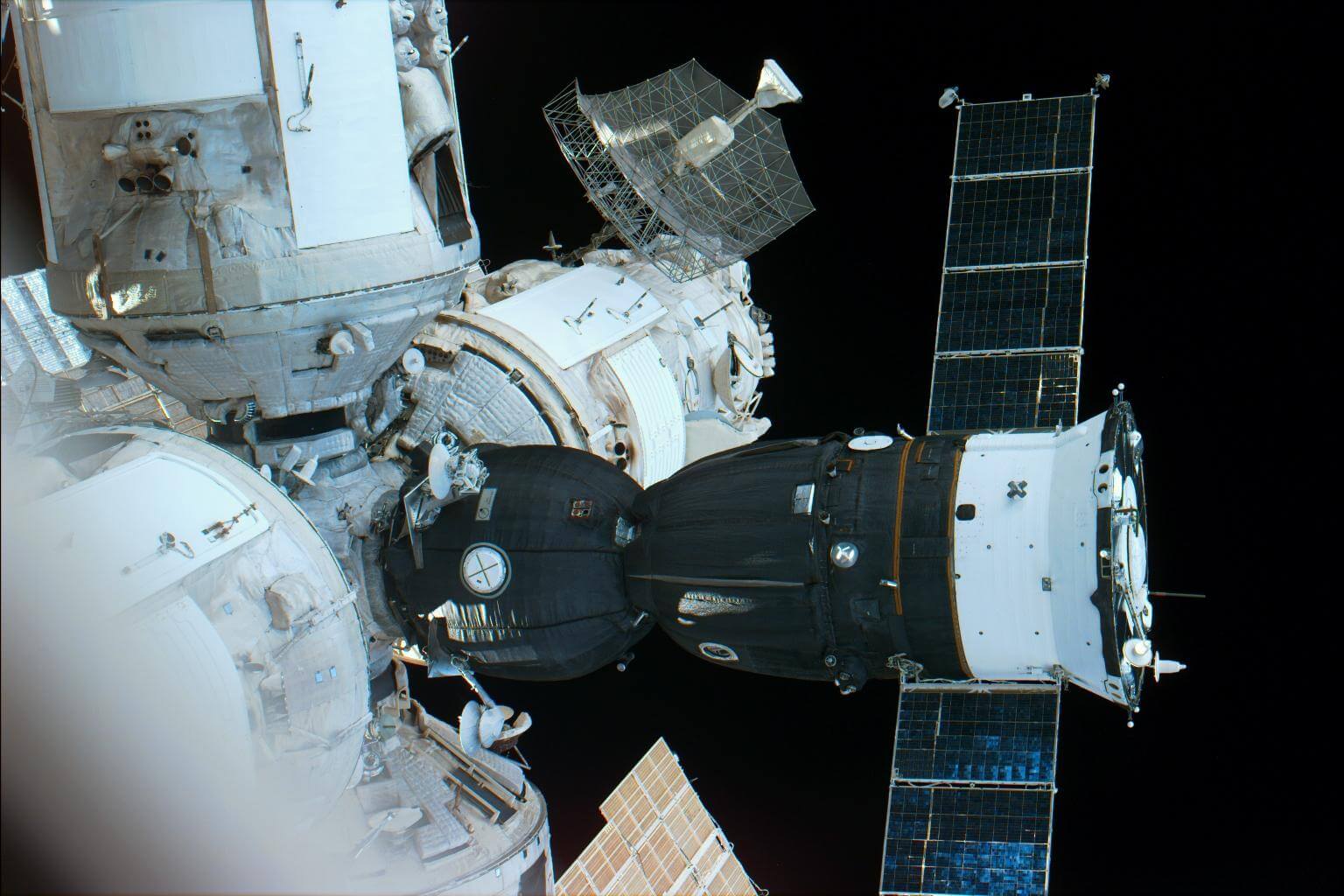
Soyuz TM
In-active Human Rated Crew Capacity: 3()
Description
Soyuz is a series of spacecraft designed for the Soviet space programme by the Korolyov Design Bureau (now RKK Energia) in the 1960s that remains in service today. The Soyuz succeeded the Voskhod spacecraft and was originally built as part of the Soviet Manned Lunar programme. The Soyuz spacecraft is …
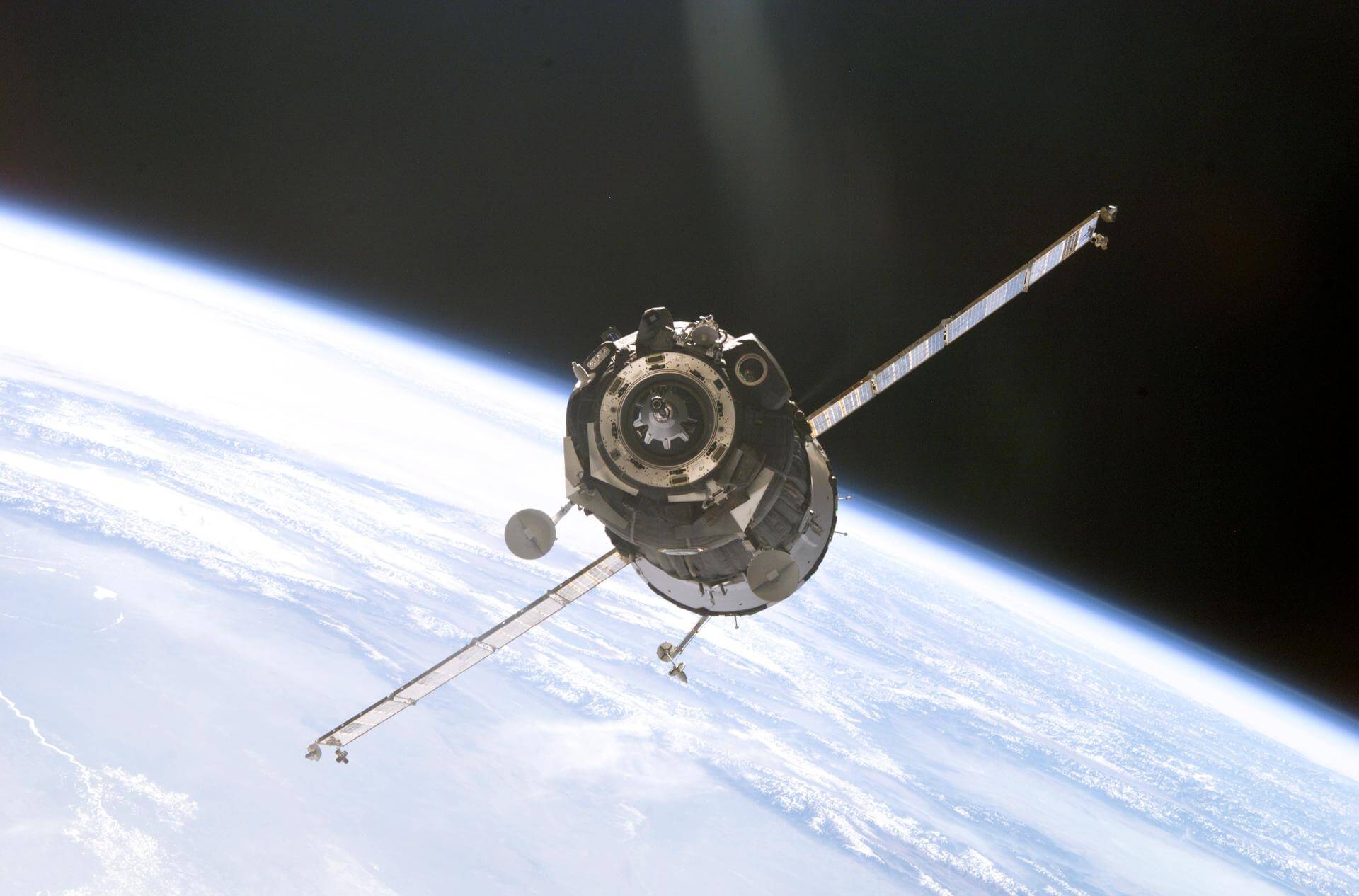
Soyuz TMA
In-active Human Rated Crew Capacity: 3()
Description
Soyuz is a series of spacecraft designed for the Soviet space programme by the Korolyov Design Bureau (now RKK Energia) in the 1960s that remains in service today. The Soyuz succeeded the Voskhod spacecraft and was originally built as part of the Soviet Manned Lunar programme. The Soyuz spacecraft is …
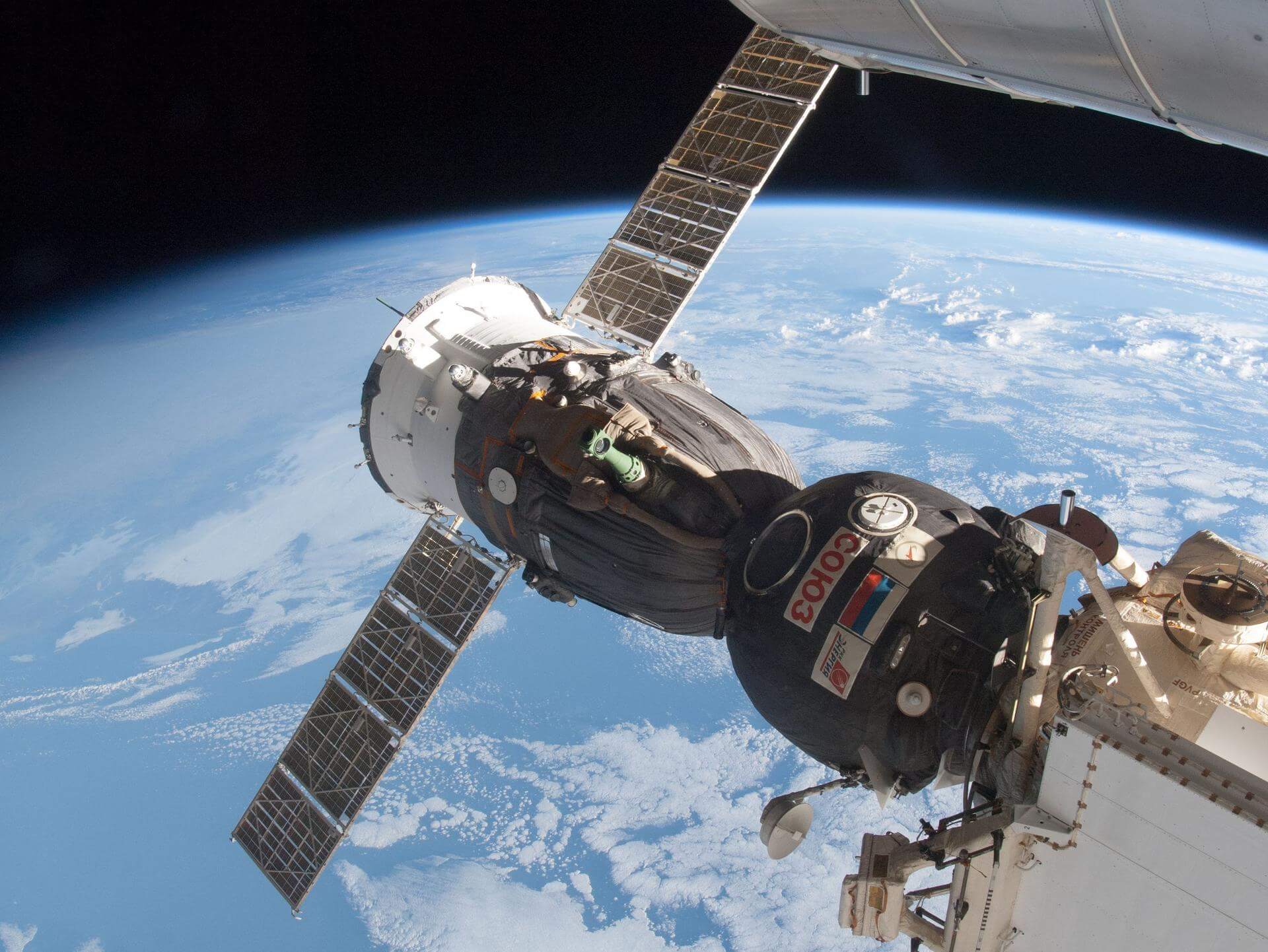
Soyuz TMA-M
In-active Human Rated Crew Capacity: 3()
Description
Soyuz is a series of spacecraft designed for the Soviet space programme by the Korolyov Design Bureau (now RKK Energia) in the 1960s that remains in service today. The Soyuz succeeded the Voskhod spacecraft and was originally built as part of the Soviet Manned Lunar programme. The Soyuz spacecraft is …
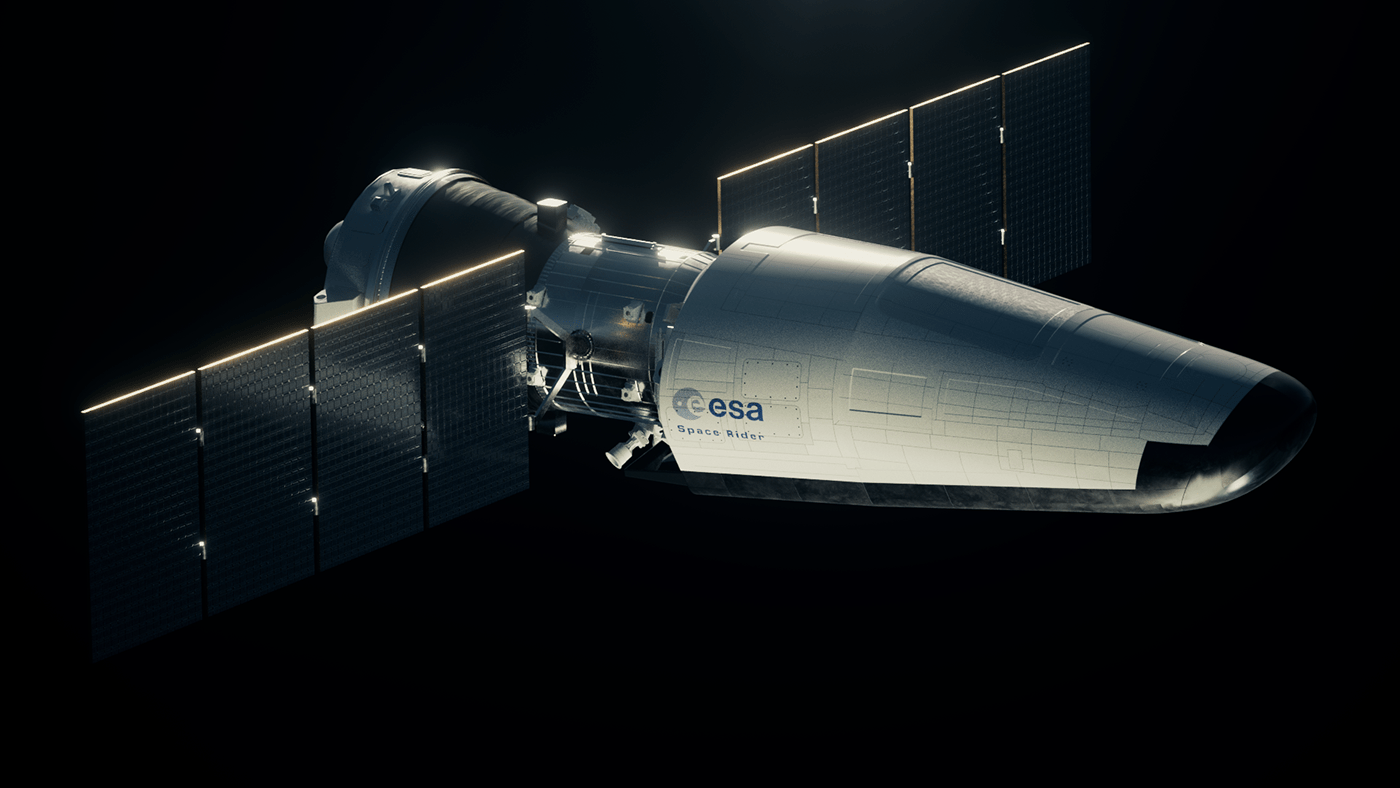
Space Rider
In-active Cargo()
Description
The Space Rider (Space Reusable Integrated Demonstrator for Europe Return) is an uncrewed orbital lifting body spaceplane developed by the European Space Agency (ESA) to provide affordable and routine access to space.
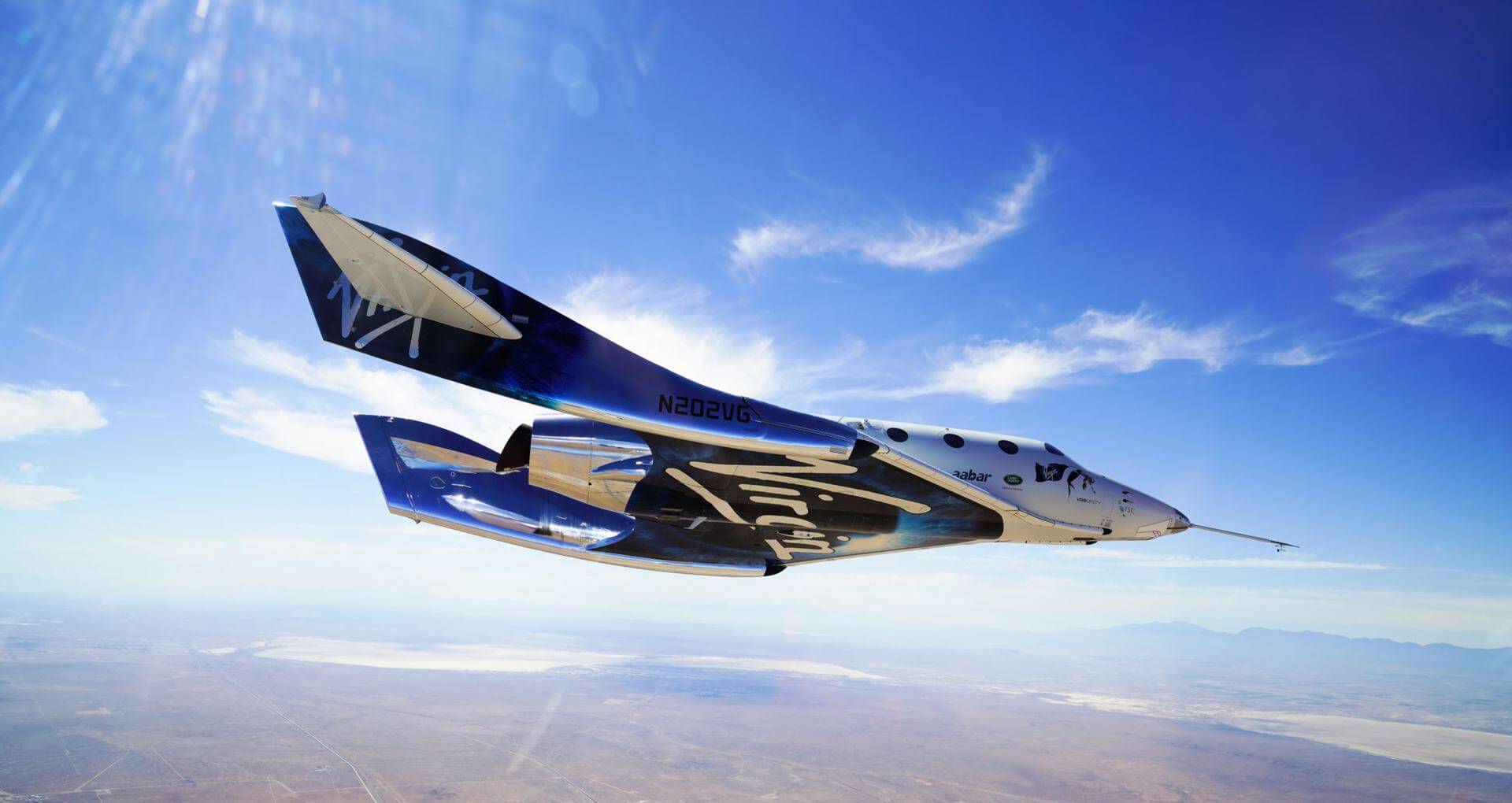
SpaceShipTwo
Active Human Rated Crew Capacity: 8()
Description
The Scaled Composites Model 339 SpaceShipTwo is an air-launched suborbital spaceplane type designed for space tourism. It is manufactured by The Spaceship Company, a California-based company owned by Virgin Galactic.
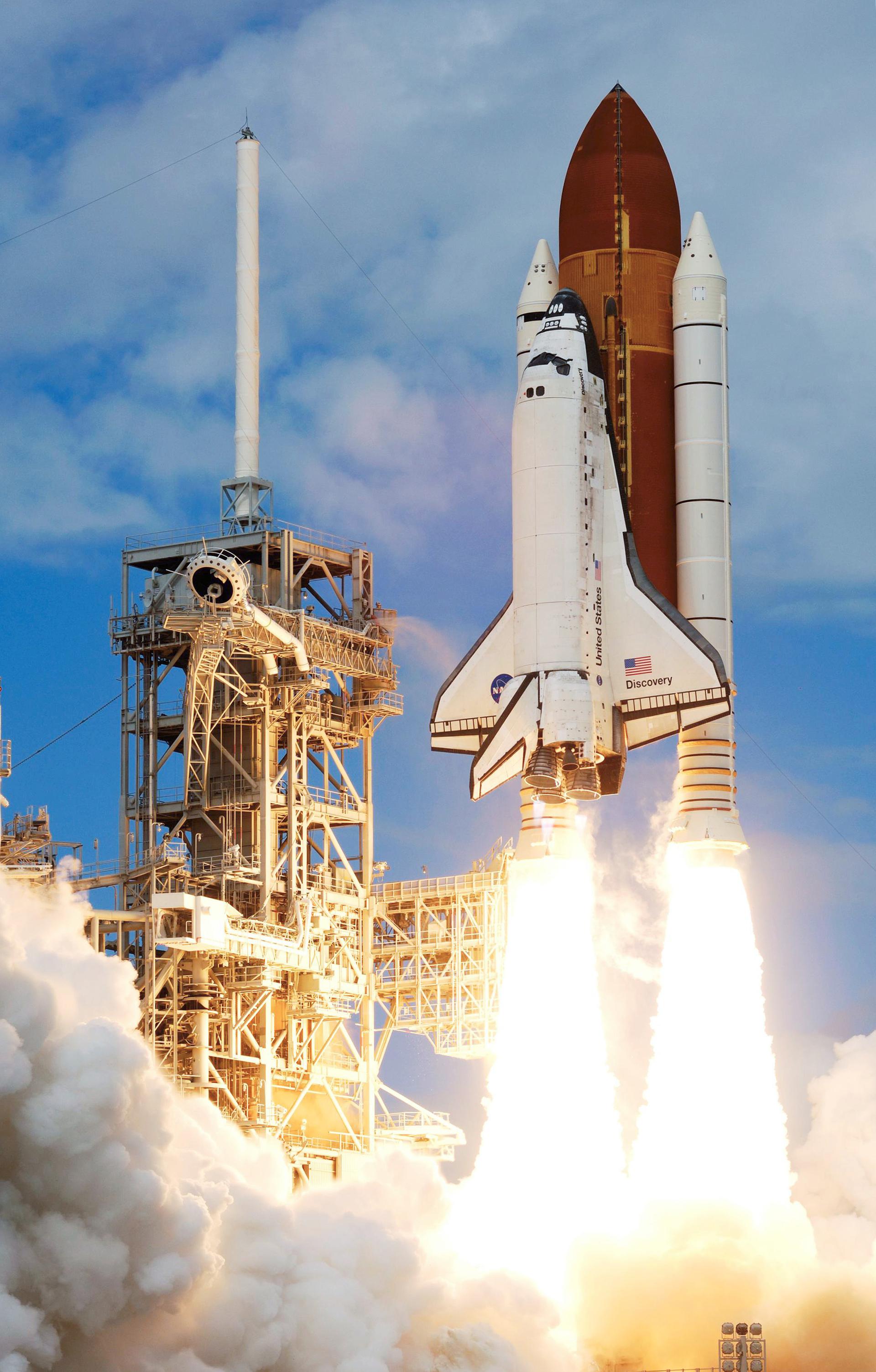
Space Shuttle
In-active Human Rated Crew Capacity: 7()
Description
The Space Shuttle was a partially reusable LEO spacecraft system operated by the U.S. National Aeronautics and Space Administration (NASA) as part of the Space Shuttle program. Its official program name was Space Transportation System (STS), taken from a 1969 plan for a system of reusable spacecraft of which it …
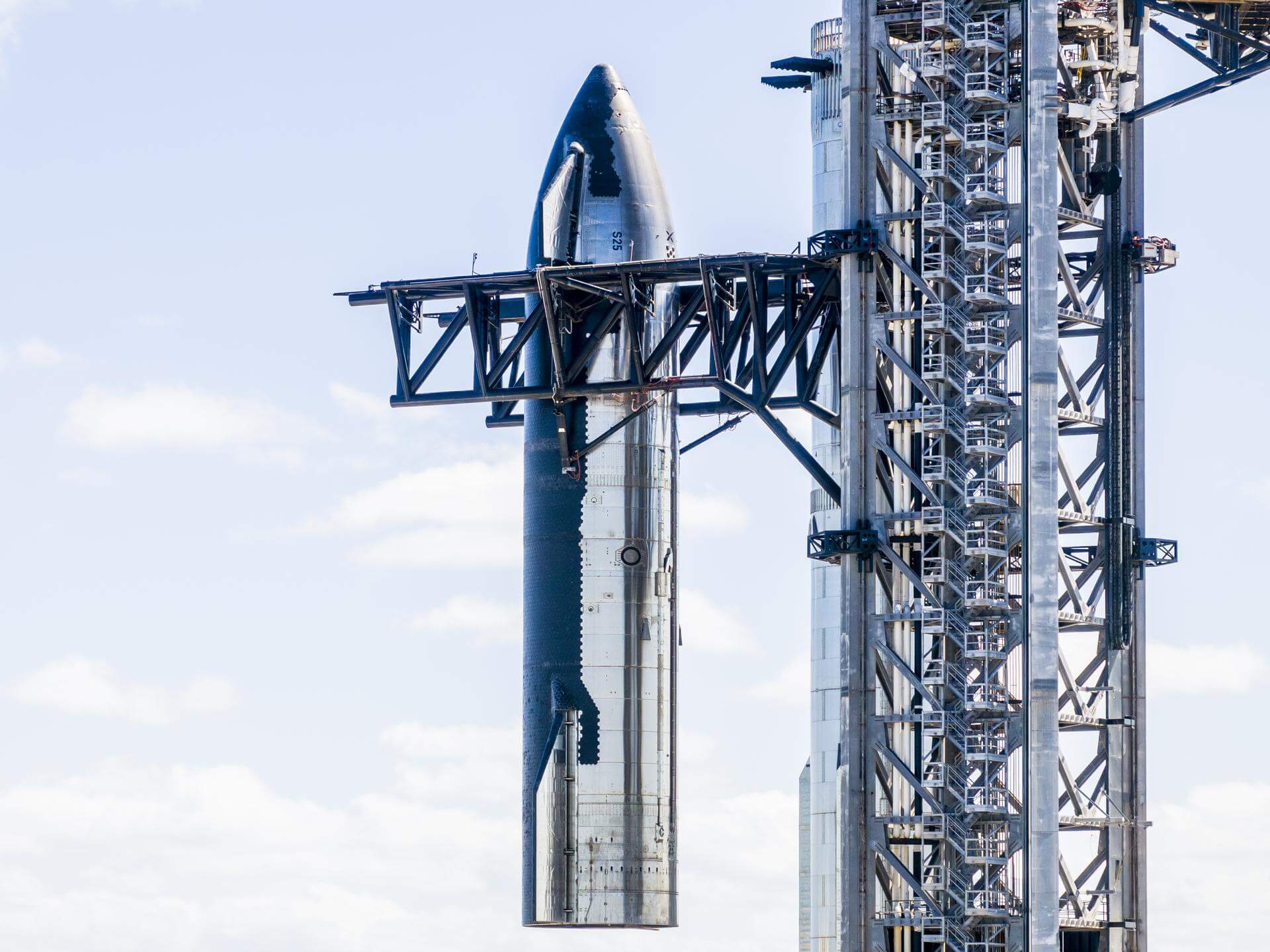
Starship V1
In-active Cargo()
Description
First-generation second stage of the two-stage Starship super heavy-lift launch vehicle.
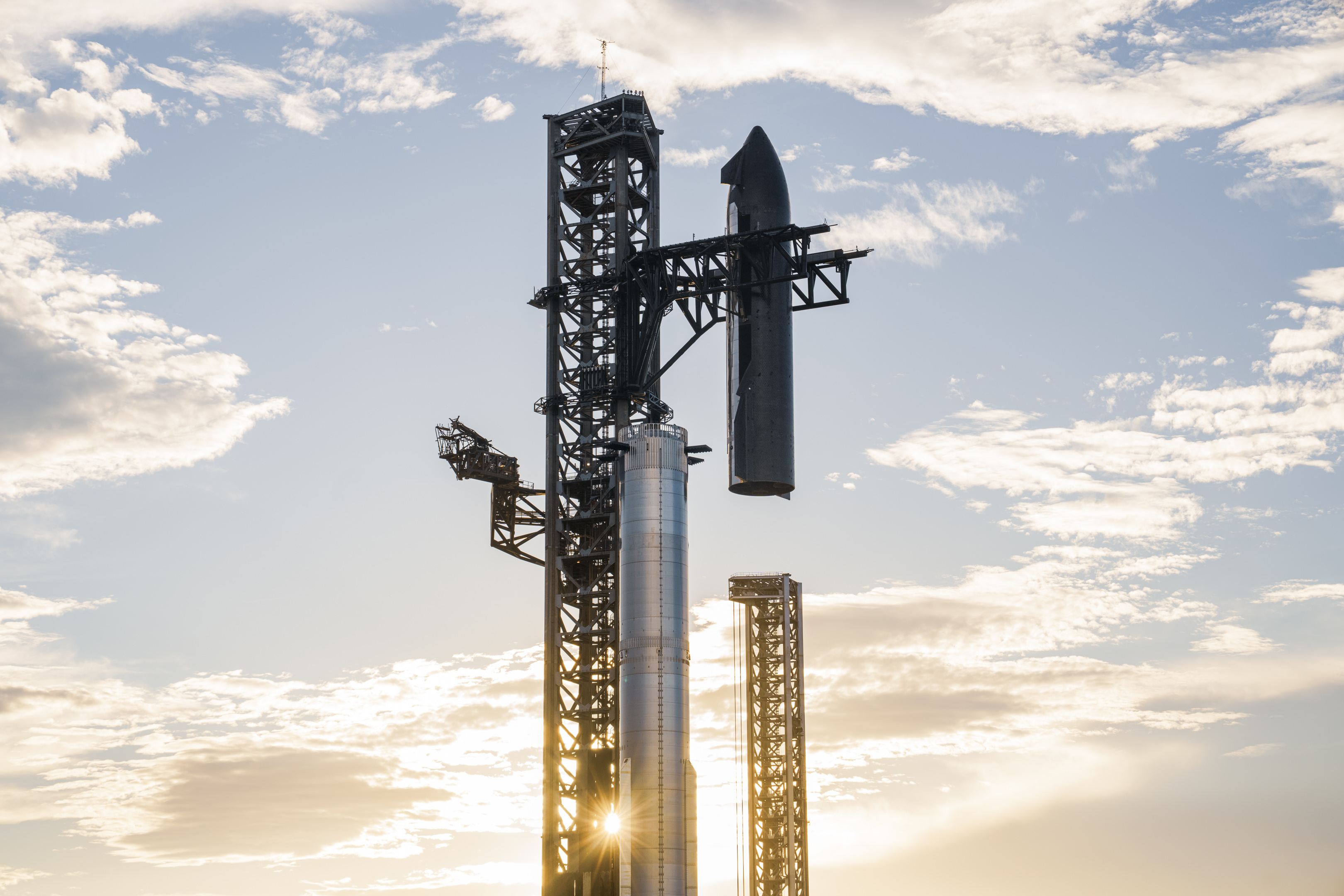
Starship V2
In-active Cargo()
Description
Second-generation second stage of the two-stage Starship super heavy-lift launch vehicle. It features a thinner forward flap design, flaps that are positioned more leeward, a 25% increase in propellant capacity, integrated vented interstage, redesigned avionics, two raceways, and an increase in thrust.

Starship V3
Active Cargo()
Description
Third-generation second stage of the two-stage Starship super heavy-lift launch vehicle.

Tesla Roadster
In-active Cargo Crew Capacity: 2()
Description
The car, mounted on the rocket's second stage, acquired enough velocity to escape Earth's gravity and enter an elliptical heliocentric orbit crossing the orbit of Mars. The orbit reaches a maximum distance from the Sun at aphelion of 1.66 astronomical units (au). During the early portion of the voyage outside …
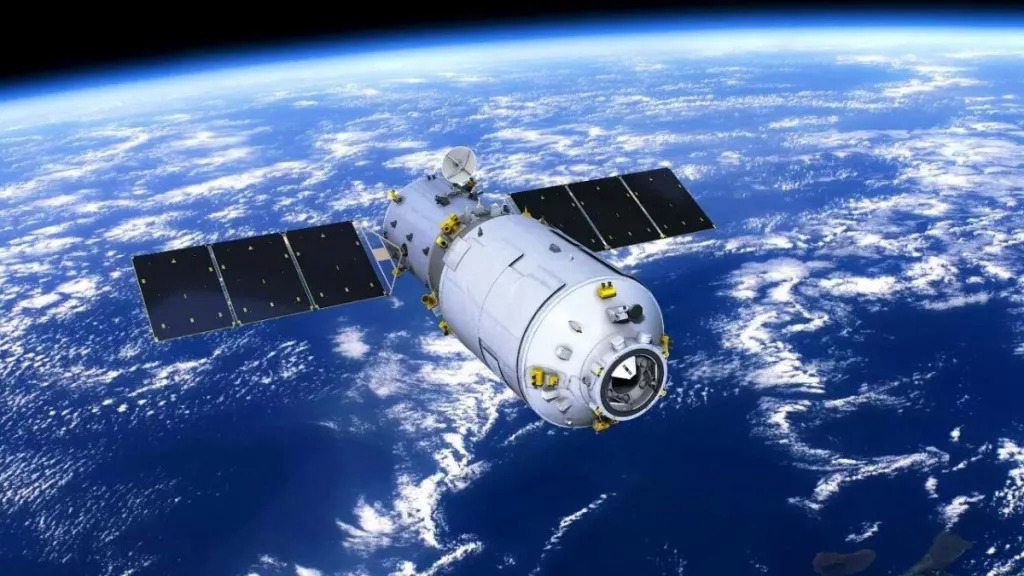
Tianzhou
Active Cargo()
Description
Autonomous cargo spacecraft used to resupply the Chinese Space Station.
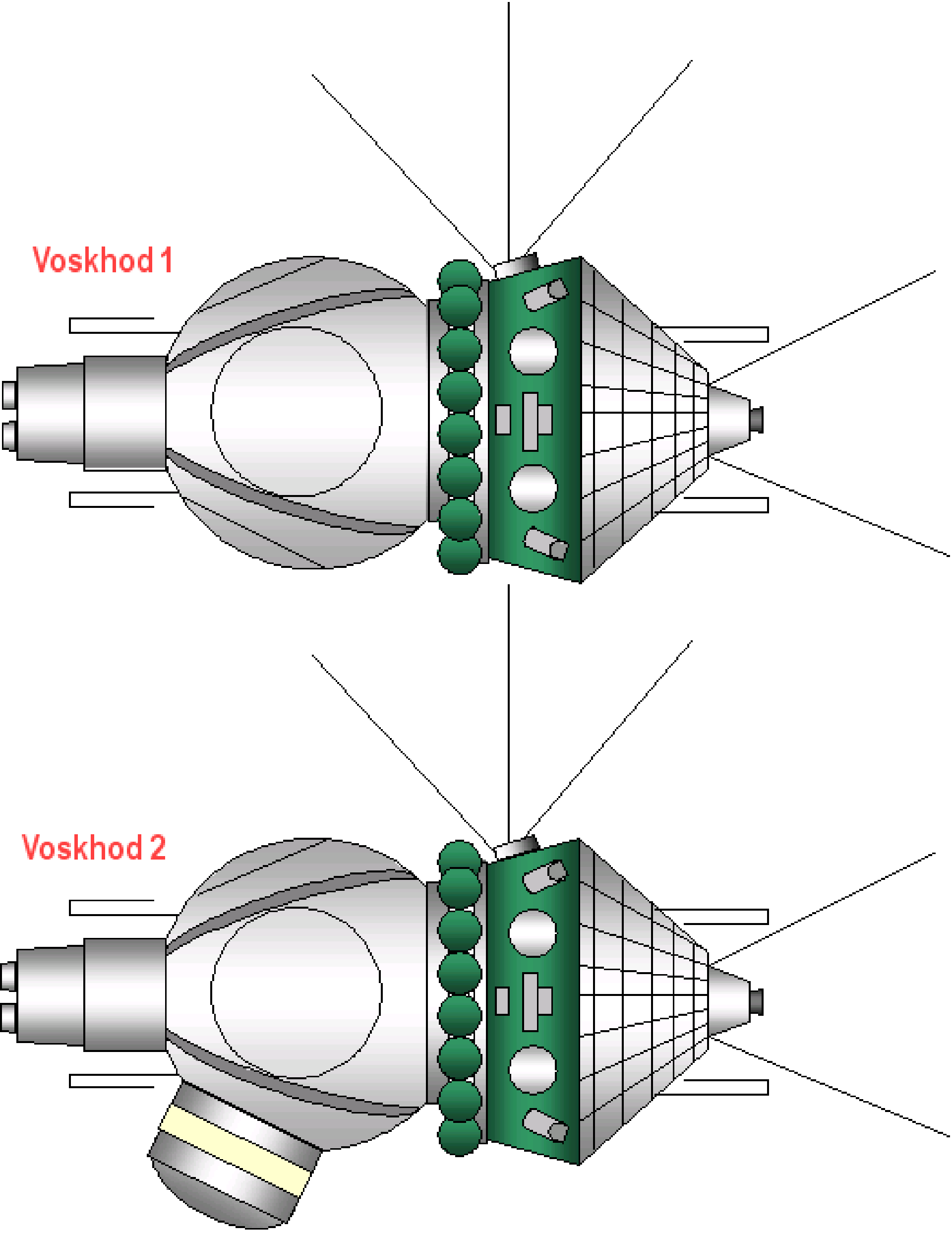
Voskhod
In-active Human Rated Crew Capacity: 3()
Description
The Voskhod (Russian: Восход, "Sunrise") was a spacecraft built by the Soviet Union's space program for human spaceflight as part of the Voskhod programme. It was a development of and a follow-on to the Vostok spacecraft. Two variants were created, the Voskhod 3KV which held three cosmonauts, and the Voskhod …
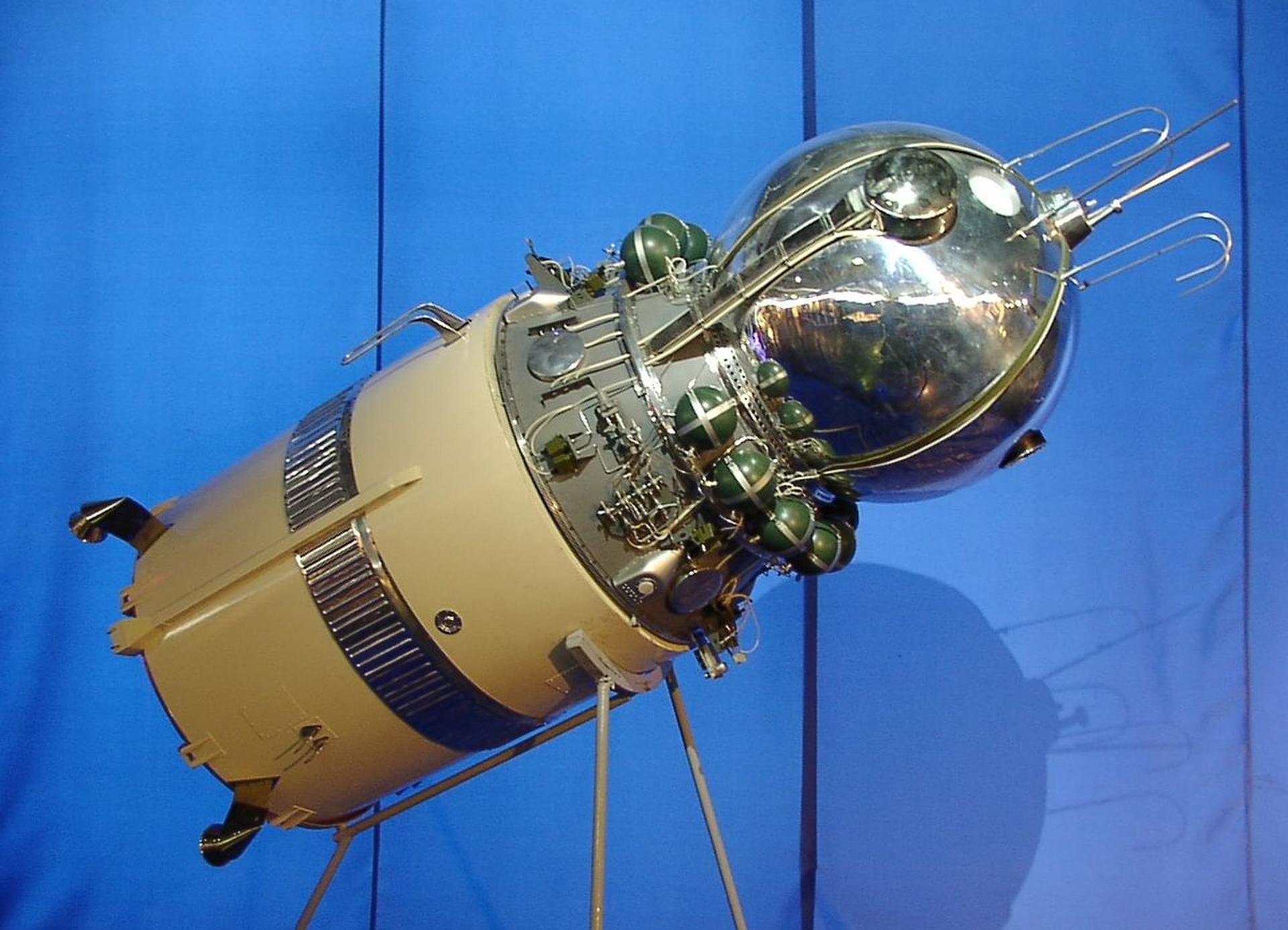
Vostok
In-active Human Rated Crew Capacity: 1()
Description
The Vostok-3KA consisted of a spherical descent module, which housed the cosmonaut, instruments and escape system, and a conical instrument module, which contained propellant and the engine system. On reentry, the cosmonaut would eject from the craft at about 7,000 m (23,000 ft) and descend via parachute, while the capsule …
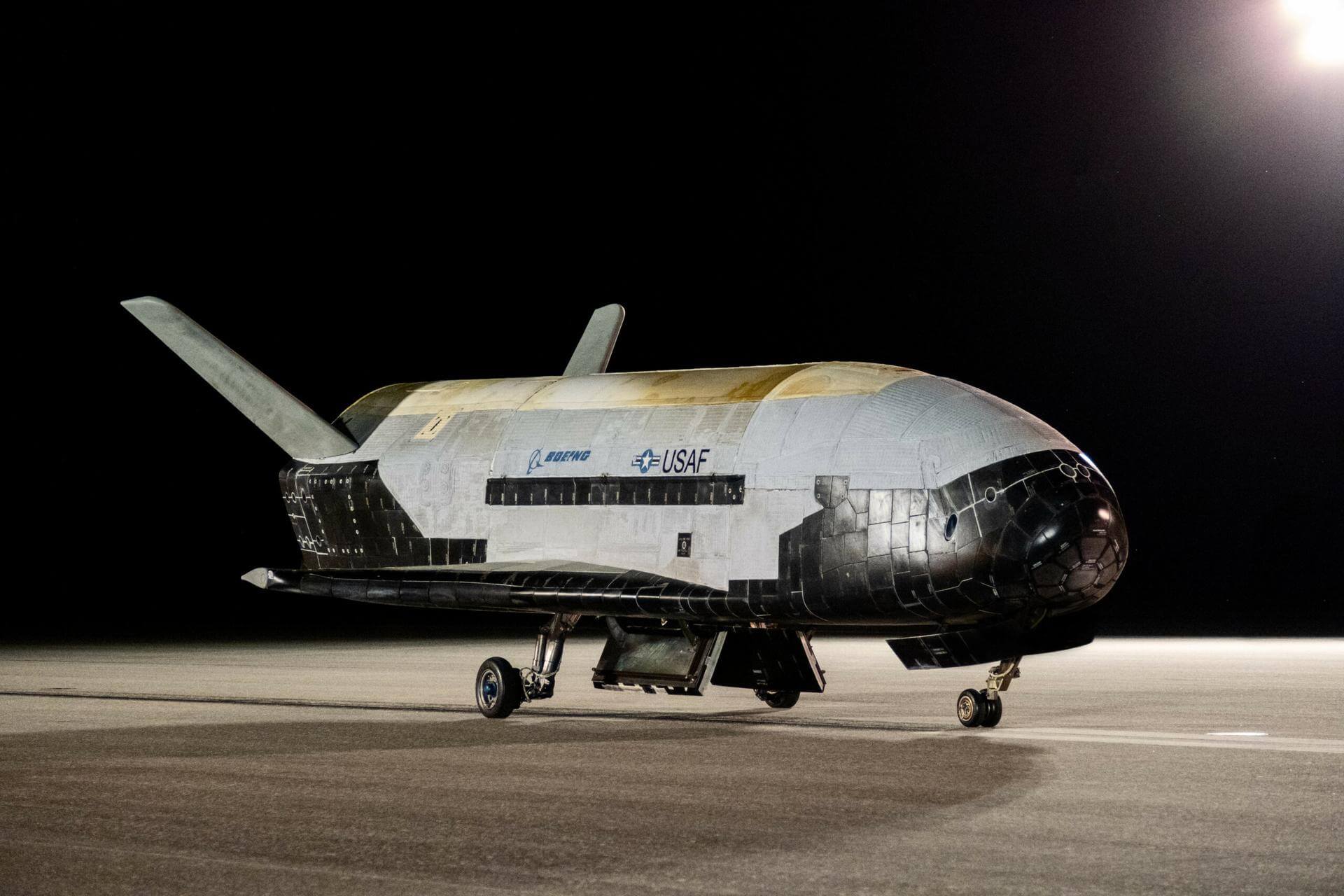
X-37B
Active Cargo()
Description
The Boeing X-37, also known as the Orbital Test Vehicle (OTV), is a reusable robotic spacecraft. It is boosted into space by a launch vehicle, then re-enters Earth's atmosphere and lands as a spaceplane. The X-37 is operated by the United States Space Force for orbital spaceflight missions intended to …

